

Thanks! Ted
If you see anything you like email us at tc1861@yahoo.com or ted.caldwell@comcast.net Thanks!
****NOTE****
Only firearms allowed in California will be shipped to California
We certainly do appreciate your business!
Remember 911 and God Bless !!!
THANKS!
NOTE!!!- WE HAVE JUST CAME INTO POSSESSION OF AN EXCELLENT 1942 DATED GERMAN LUGER ALONG WITH THE TYPEWRITTEN AND SIGNED LETTER FROM THE VET THAT CAPTURED IT IN NORTH AFRICA AND HERE IT
IS!!!
Jmf Consignment 365 Here we have a very special item! This is a WW2 German Lugar captured by an Airman in North Africa!! This Airman is Staff Sgt. Howard Hoehn who captured this luger in 1943 in Tunisia. We have the original letter signed by
Howard recalling the capture of the piece. He took it off a dead Motorcycle Soldier at a recent battle! A collector friend of mine purchased this Luger directly from Howard in 2002. Howard recently died in 2019 at the age of 98 so it's time
for my friend to move this on as he is in his 70's as well. We have Howards' obit with this grouping as well. The Luger had one magazine and Howard purchased another but we have been unable to find that other magazine but if we do we
will include it. Howard was stationed in Trinidad but was sent on detached service to a temporary Air Field in Tunisia, North Africa to assist in changing engines on B-24 planes which had been grounded. Howard and two other GI's went on
a little sightseeing trip and ran across this battlefield in which he spotted a wrecked German motorcycle with it's rider deceased. They found his Luger still in the holster and fished it out then putting it in his pocket as they were
not supposed to take souveniers at that time. Howard snuck it back into the country and it was never discovered. I have all of that info in his letter along with the serial number of the Luger. Now on to the Luger:
This is an example of a pre-WWII German Nazi Luger pistol that was manufactured by Mauser in 1935. 1935 was the second year of renewed Luger production, as the Nazis already had designs on Lebensraum in Eastern Europe and
payback against the French. Fixed sights, with the "G" date mark on the chamber and "S/42" on the front toggle link. Straw colored small parts, checkered grips and a blued magazine with aluminum base. Minus the magazine, the
numbers are matching.
This 1935 pattern has by the following features:
* Flat, checkered toggle knobs.
* No grip safety (except for special models like the Mauser Banner grip safety and the Krieghoff grip safety models).
* Stock lug.
* Salt blue finish.
* Aluminum-base magazine.
* Six-groove rifling, 1 turn in 25 cm.The "G" Code denotes the last date of production as 1935. This was the last year that the germans concealed their production date on weaons of war. This pistol is all matching numbers not including the
magazine. The Luger is in very fine condition and would rate up there in condition overall. The straw parts are very strong with somewhat light wear on the inside of the trigger. The original blue rust is very nice and the grips pretty nice as well
with a depression in the obverse grip at the top. The bore and chamber show almost no wear at all. Very nice! The aluminum toggle plug on the magazine shows the serial number of 2634 as well as what looks like an eagle over 63. Take a
look at the pics! They pretty much say it all! Fantastic!!! Finding original WW2 weapons with signed documentation as to where and when this vet acquired it is getting quite rare today. C&R Eligible ! Take a look at the pics! They pretty
much say it all! Fantastic!!! For this firearm and the history $7,500.00
_________________________________________________________________________________________
Japanese Arisaka Type 99 7.7 mm rifles:
The Type 99 rifle Arisaka was a bolt-action rifle of the Arisaka design used by the Imperial Japanese Army during World
War II.
During the Second Sino-Japanese War in the 1930s, the Japanese soon found that the 7.7mm cartridge being fired by their Type 92 heavy machine gun in China was superior to the
6.5×50mm cartridge of the Type 38 rifle. This necessitated the development of a new weapon to replace the outclassed Type 38, and finally standardize on a single rifle cartridge.
The Imperial Japanese Army (IJA) developed the Type 99 based on the Type 38 rifle but with a caliber of 7.7mm. The Type 99 was produced at nine different arsenals. Seven arsenals
were located in Japan, with the other two located at Mukden in Manchukuo and Jinsen in Korea.
The IJA had intended to completely replace the Type 38 with the Type 99 by the end of the war. However, the outbreak of the Pacific war never allowed the army to completely replace
the Type 38 and so the IJA used both rifles extensively during the war. As the war progressed, more and more cost saving steps were introduced in order to speed up production. Late
war rifles are often called "last ditch" or "substitute standard" due to their crudeness of finish. They are generally as crude as the 1945 dated Mauser K98k of Germany, or worse.
The Type 99 was produced in four versions, the regular issue Type 99 short rifle, the Type 99 long rifle (a limited production variant), the take-down Type 2 paratroop rifle, and the
Type 99 sniper rifle. The standard rifle also came with a wire monopod and an anti-aircraft sighting device. The Type 99 was the first mass-produced infantry rifle to have a chrome
lined bore to ease cleaning. All of these features were abandoned by mid-war.
______________________________________________________________________________________________________________________
Jmf A. This rifle is a very nice Type 99 Arisaka Rifle in 7.7mm. The action works great and it has a great bore! The receiver is marked 9 9 type and the mum has been only
lightly cancelled. The two piece stock is in very nice condition as well. The stock has a ding or two but no cracks or breaks. The long range sight is missing
the aircraft lead arms but otherwise complete. I find many later rifles missing these arms so I think at one point they left them off. There is also no dust
cover or monopod which is quite common as well. The sling swivels are present and in good condition. Cleaning rod is missing. This rifle was manufactured at
the Nagoya Arsenal which made rifles from 1923 to 1945. Serial number 5605. I believe this is a series 5 rifle. No import marks. Check out the pics! $495.00
_____________________________________________________________________________________________________________________
Japanese Arisaka Type 99 7.7 mm rifles:
The Type 99 rifle Arisaka was a bolt-action rifle of the Arisaka design used by the Imperial Japanese Army during World
War II.
During the Second Sino-Japanese War in the 1930s, the Japanese soon found that the 7.7mm cartridge being fired by their Type 92 heavy machine gun in China was superior to the
6.5×50mm cartridge of the Type 38 rifle. This necessitated the development of a new weapon to replace the outclassed Type 38, and finally standardize on a single rifle cartridge.
The Imperial Japanese Army (IJA) developed the Type 99 based on the Type 38 rifle but with a caliber of 7.7mm. The Type 99 was produced at nine different arsenals. Seven arsenals
were located in Japan, with the other two located at Mukden in Manchukuo and Jinsen in Korea.
The IJA had intended to completely replace the Type 38 with the Type 99 by the end of the war. However, the outbreak of the Pacific war never allowed the army to completely replace
the Type 38 and so the IJA used both rifles extensively during the war. As the war progressed, more and more cost saving steps were introduced in order to speed up production. Late
war rifles are often called "last ditch" or "substitute standard" due to their crudeness of finish. They are generally as crude as the 1945 dated Mauser K98k of Germany, or worse.
The Type 99 was produced in four versions, the regular issue Type 99 short rifle, the Type 99 long rifle (a limited production variant), the take-down Type 2 paratroop rifle, and the
Type 99 sniper rifle. The standard rifle also came with a wire monopod and an anti-aircraft sighting device. The Type 99 was the first mass-produced infantry rifle to have a chrome
lined bore to ease cleaning. All of these features were abandoned by mid-war.
______________________________________________________________________________________________________________________
Jmf Consignment 364 A. This rifle is a very nice Type 99 Arisaka Rifle in 7.7mm. The action works great and it has a great bore! The receiver is marked 9 9 type and the mum has been only
lightly cancelled. The two piece stock is in very nice condition as well. The stock has a ding or two but no cracks or breaks. The long range sight is missing
the aircraft lead arms but otherwise complete. I find many later rifles missing these arms so I think at one point they left them off. There is also no dust
cover or monopod which is quite common as well. The sling swivels are present and in good condition. Cleaning rod is missing. This rifle was manufactured at
the Nagoya Arsenal which made rifles from 1923 to 1945. Serial number 5605. I believe this is a series 5 rifle. No import marks. Check out the pics! $495.00
_____________________________________________________________________________________________________________________
354 Here we have a good used magazine for the Springfield M1A/M14 .308 Winchester 20 Rounds Steel Blued. This one is just like the ProMag magazine that sells for over $30 but here you can save as this one is $20. No markings.
____________________________________________________________________________________
CONSIGNMENT 352
REPLACEMENT SKS STOCK
This is actually an original SKS stock for the SKS rifle that is so popular today. This stock was taken off the original rifle and replaced with a poly stock. If you have a SKS that is in need of a new stock then here's one for you. $45.00
Modern Guns 4
____________________________________________________________________________________
Jmf Consignment 347 Here we have a beautiful Late Postwar Bolo Model Model 1896 “Broomhandle Mauser Pistol”. These type of pistols were manufactured from 1896 to 1939. This model has the walnut grips with 22 grooves and looks like the early model 1930 model except that model has 12 grooves in the grips. This one has the usual Mauser markings that you can see in the pics and two Chinese characters which is not uncommon. This firearm comes with an original wooden holster/stock and the pistol fits nicely inside. The slot on the pistol is a little shorter than the piece that fits in it on the holster so this holster may be for another gun. The holster has a turn wheel to tighten it up on the grip and that does work but not the greatest in the world. There are no markings on the wooden holster stock. This is one beautiful outfit !!! For this set $1950.00
-----------------------------------------------------------------------------------------
Jmf 346 Here we have a black dyed leather US 1911 Holster marked US and made by Boyt. Boyt holsters are usually dated but I cannot find a date on this one. This holster was found hanging in the attic so consequently is kind of hard and needs some leather preservative put on it. Even a little neetsfoot oil should soften it up a bit. The shoulder holster rig seems complete and was a favority amongst Tanker crews I was told. You can have this original rig for $150.00
---------------------------------------------------------------------------------------------------------------------------------------------------------
Consignment 342 Here we have another Japanese T-14 Nambu 8mm pistol in rubberized fabric holster with shoulder sling that was produced in November of 1943, notice the late style trigger guard to accommodate gloved fingers. Look like the name BEHREND is written in english letters on the holster. Probably the soldier that captured it but I have no info on that. This is a Toriimatsu Second Series pistol. It has the Nagoya arsenal symbol, followed by the series marker (a small square inside a circle), followed by the serial number which is 103. The little square in the series marker is the Japanese katakana (phonetic) symbol ro (pronounced as in “row your boat”); it is the second “letter” in the traditional order of the Japanese “alphabet”. Serial numbers in the Second Series run from 1 to around 73000, with a handful of very late guns bearing out-of-sequence numbers in the 75000 and 76000 range so you can see this is a VERY early 2nd series gun. This pistol is in very good condition with aged finish on the weapon but still really nice. I believe this weapon saw lots of use but still in excellent operating condition with a nice bore-the bore isn’t perfect but still pretty nice and shootable by all means. Also this pistol comes with the original late rubberized fabric holster that is in good condition! The little tie down tab on the front has fractured but is still there as well as one of the three little springs that hold it down with tension is broker but the other two are still intact. The paper label is missing in the inside of the lid however some Japanese characters are still present on the inside shell. The laminated fabric belt is still all there but the layers have become delaminated. Still it’s there! For this set $1650.00 Check out the pics!
------------------------------------------------------------------------------------------------------------------------------------------------------
Consignment 341 Here we have another Late war Japanese T-14 Nambu pistol in 8mm. This one has a better finish than the one above being about 90% or better. Most of the wear is on the high edges. This particular pistol was made in February of 1944. This is also a Toriimatsu Second Series pistol. It has the Nagoya arsenal symbol, followed by the series marker (a small square inside a circle), followed by the serial number which is 17952. The little square in the series marker is the Japanese katakana (phonetic) symbol ro (pronounced as in “row your boat”); it is the second “letter” in the traditional order of the Japanese “alphabet”. Serial numbers in the Second Series run from 1 to around 73000, with a handful of very late guns bearing out-of-sequence numbers in the 75000 and 76000 range so you can see this is a 2nd year 2nd series gun. The pistol itself is in very nice condition and functions quite well! The bore has a bright mirror finish! About the only wear on this piece is where the safety was used. The holster is also the late style rubberized fabric holster but has no belt. Also the stitching has failed holding the lid on the main body so it needs resewn. That is the only thing wrong with this holster. Take a look at the pics! Quite nice! $1350.00
------------------------------------------------------------------------------------------------------------------------------------------------------
Consignment 340 Here we have a Model 14 Early Type (1925) Nambu Holster. The pouch holds 2 boxes of cartridges. There is a small pocket along front of the cartridge puch that contains a spare firing pin. The clean rod and an estra magazine was stored internally. This holster is well made of top-grade cowhide. Has the orignal should sling attached as well. This holster came without a pistol in it so we are offering it separately. $225.00
------------------------------------------------------------------------------------------------------------------------------------------------------
Consignment…337 Here we have a very nice double dated 1916-1920 Dated P-08 German Luger. This one was made by DWM. Deutsche Waffen- und Munitionsfabriken Aktiengesellschaft (German Weapons and Munitions public limited company), known as DWM, was an arms company in Imperial Germany created in 1896 when Ludwig Loewe & Company united its weapons and ammunition production facilities within one company. In 1896 Loewe founded Deutsche Waffen- und Munitionsfabriken with a munitions plant in Karlsruhe (Baden), formerly Deutsche Metallpatronenfabrik Lorenz, and the weapons plant in Berlin.
These Lugers are arsenal reworked WW1 Military pistols and were then issued to the German military of Police units in accordance with the Treaty of Versailles. Many thousands of these Lugers were produce and hence many thousands were
still being used by the Nazi’s during WW2. This one shows signs of rework especially on the bottom of the grip frame next to the magazine slot. It’s not pretty there but it still works as it should. The rest of the Luger is in great condition
exept for a little chip out of the grip near the safety. This one is s/n 80 and is the same throughout except for the magazine which is numbered 6725 and has the Nazi Eagle on it with the number 63 stamped under it. This piece functions
just fine and the bore is fair to good with a little pitting present along it’s length. Very nice in spite of that frame repair. Check out the pics! $1250.00
------------------------------------------------------------------------------------------------------------------------------------------------------
WW1 & WW2 333
Here we have a lot of Broom tail Mauser ammo in clips and in box! 7.63 MAUSER Ammo
7.63 Mauser ammunition goes by a few names, 7.63 x 25mm, 7.63 Mauser, and the .30 Mauser automatic. The round is quite proficient and famous, even if you’ve never heard of it before. 7.623 Mauser ammo was the round used in the famed C96
Mauser also known as the “Broomhandle Mauser”. That’s the famed weapon Han Solo wielded in the movie Star Wars. The Mauser factory has produced some of the greatest and most influential weapons and ammunition in the world. 7.63 Mauser
rounds were one of the first massively successful automatic cartridge rounds, paving the way for commercial development of automatic pistols the world over.
In Europe the round was widely adopted by everyone from Australia, Finland, Austria Hungary, to Germany. The 7.63 Mauser round was not only popular is pistols, but in sub machines guns as well. The Mauser C96 was also converted into one of the
first machine pistols. The cartridge found service in numerous wars all over the world, including World War 1 and the Finnish Civil War.
Today, 7.63 Mauser ammunition is still being produced and fired in weapons built over a hundred years ago. While the cartridge isn’t in service with any modern military, the round is still popular with numerous collectors, re-enactors, and enthusiasts.
7.63 Mauser is still quite popular with modern ammunition being manufactured for it.
The Mauser C96 (Construktion 96) is a semi automatic pistol that was originally produced by German arms manufacturer Mauser from 1896 to 1937. Unlicensed copies of the gun were also manufactured in Spain and China in the first half of the 20th
century.
The distinctive characteristics of the C96 are the integral box magazine in front of the trigger, the long barrel, the wooden shoulder stock which gives it the stability of a short-barreled rifle and doubles as a holster or carrying case, and a unique grip
shaped like the handle of a broom. The grip earned the gun the nickname "Broomhandle" in the English-speaking world because of its round wooden handle, and in China the C96 was nicknamed the "box cannon" (Chinese: ___; pinyin: hézipŕo)
because of its rectangular internal magazine and the fact it could be holstered in its wooden box-like detachable stock.
With its long barrel and high-velocity cartridge, the Mauser C96 had superior range and better penetration than most other pistols; the 7.63×25mm Mauser cartridge was the highest velocity commercially manufactured pistol cartridge until the advent
of the .357 Magnum cartridge in 1935.
Mauser manufactured approximately 1 million C96 pistols,]while the number produced in Spain and China was large but unknown due to the loss, non-existence or poor preservation of production records from those countries.
Here we have 95 vintage rounds of ammo and 9 separate stripper clips. $125 for the lot.
_______________________________________________________________________________________________
CONSIGNMENT Item No. 342
Here is a post WW2 West German Holster for the FN Hi-Power pistol. This one is early 1950’s and is in very nice condition with only the pull up strap being broken. Nice inside stamps. For this fine black holster $85.00
CONSIGNMENT Item No. 341
Here we have a P-08 Luger working model that was made in Japan and stamped as such. This piece looks remarkably like the real thing but the barrel is plugged. Some of the parts are somewhat of a rough casting but everything works as it
should. I believe you can take this down like the originals and perhaps it had an educational purpose or was a movie prop. Cocks and fires, safety works, Outstanding copy! $195.00
WW1 Artillery Collar Brass Item No. 157
_____________________________________________________________________________________________
Japanese Arisaka Type 99 7.7 mm rifles: New Arrivals 62
The Type 99 rifle Arisaka was a bolt-action rifle of the Arisaka design used by the Imperial Japanese Army during World
War II.
During the Second Sino-Japanese War in the 1930s, the Japanese soon found that the 7.7mm cartridge being fired by their Type 92 heavy machine gun in China was superior to the
6.5×50mm cartridge of the Type 38 rifle. This necessitated the development of a new weapon to replace the outclassed Type 38, and finally standardize on a single rifle cartridge.
The Imperial Japanese Army (IJA) developed the Type 99 based on the Type 38 rifle but with a caliber of 7.7mm. The Type 99 was produced at nine different arsenals. Seven arsenals
were located in Japan, with the other two located at Mukden in Manchukuo and Jinsen in Korea.
The IJA had intended to completely replace the Type 38 with the Type 99 by the end of the war. However, the outbreak of the Pacific war never allowed the army to completely replace
the Type 38 and so the IJA used both rifles extensively during the war. As the war progressed, more and more cost saving steps were introduced in order to speed up production. Late
war rifles are often called "last ditch" or "substitute standard" due to their crudeness of finish. They are generally as crude as the 1945 dated Mauser K98k of Germany, or worse.
The Type 99 was produced in four versions, the regular issue Type 99 short rifle, the Type 99 long rifle (a limited production variant), the take-down Type 2 paratroop rifle, and the
Type 99 sniper rifle. The standard rifle also came with a wire monopod and an anti-aircraft sighting device. The Type 99 was the first mass-produced infantry rifle to have a chrome
lined bore to ease cleaning. All of these features were abandoned by mid-war.
______________________________________________________________________________________________________________________
I

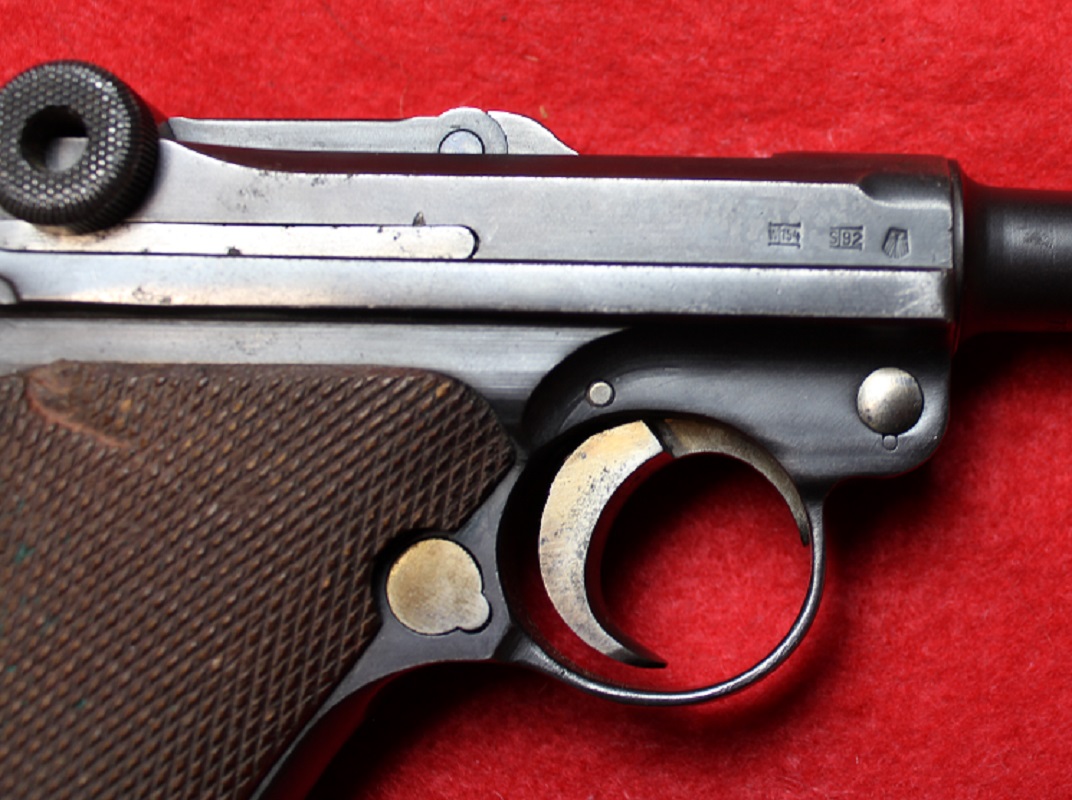
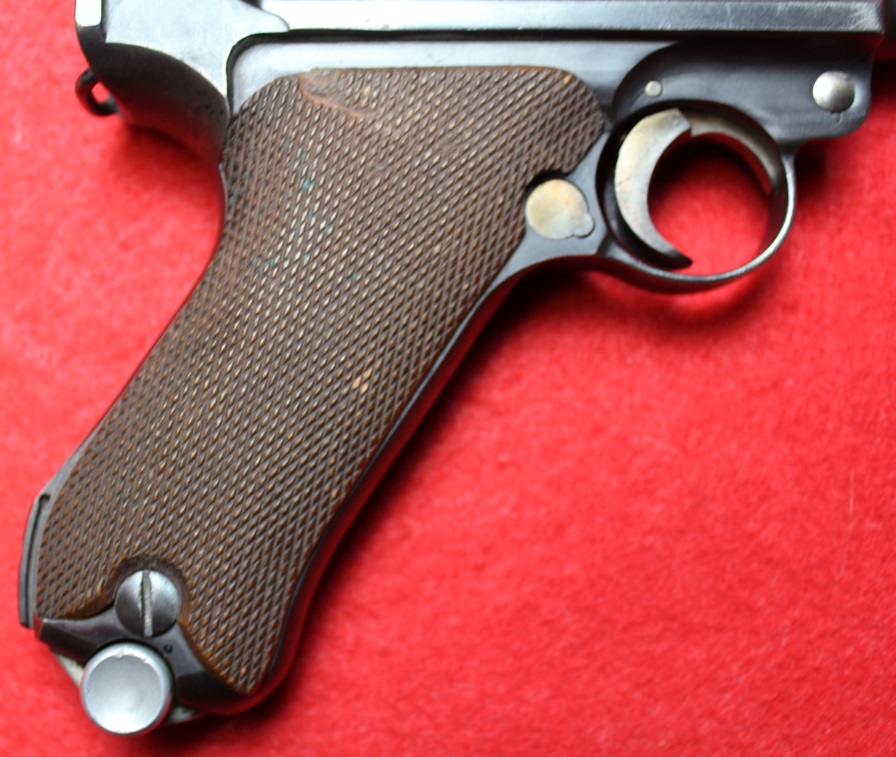


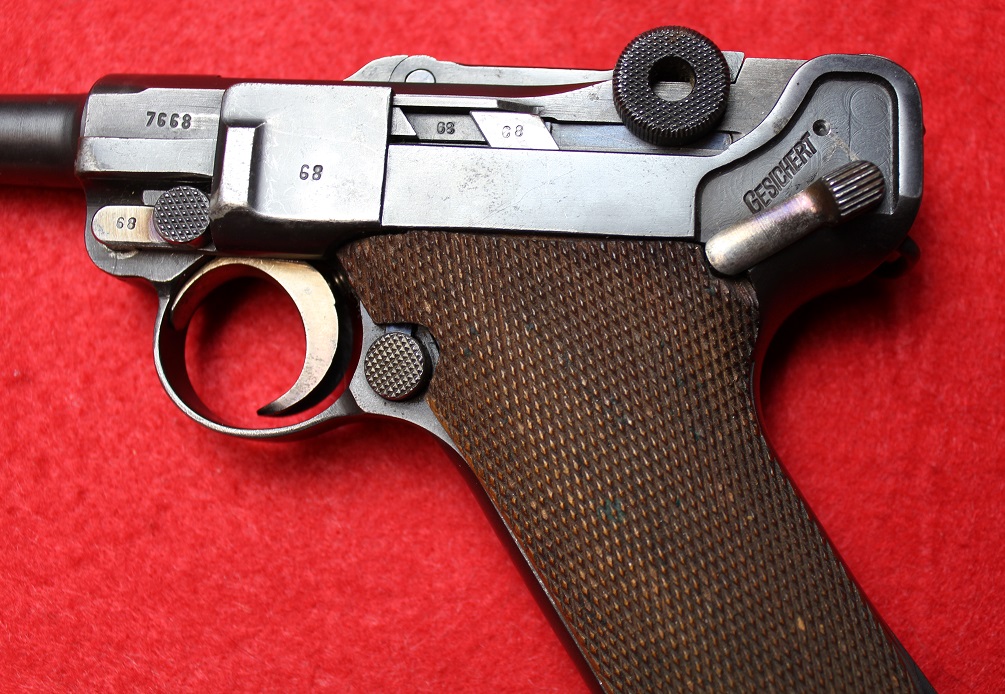


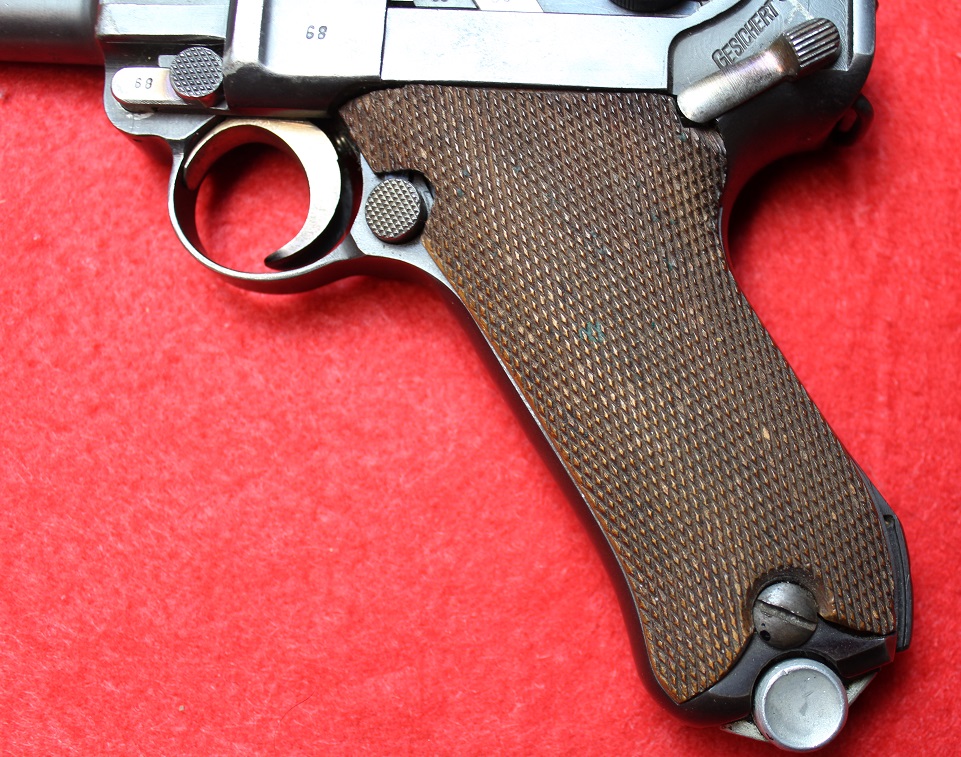
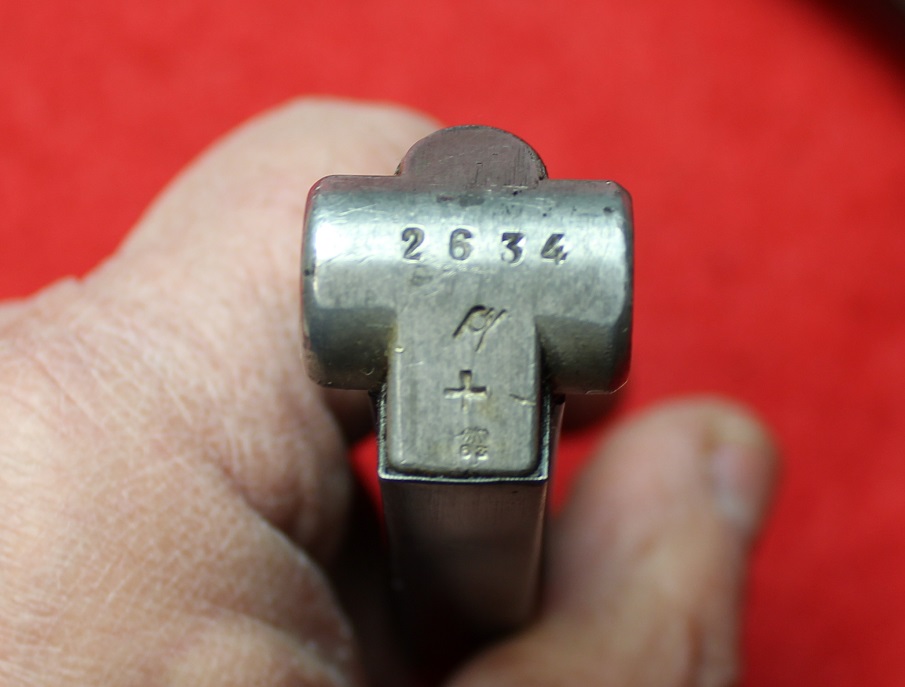
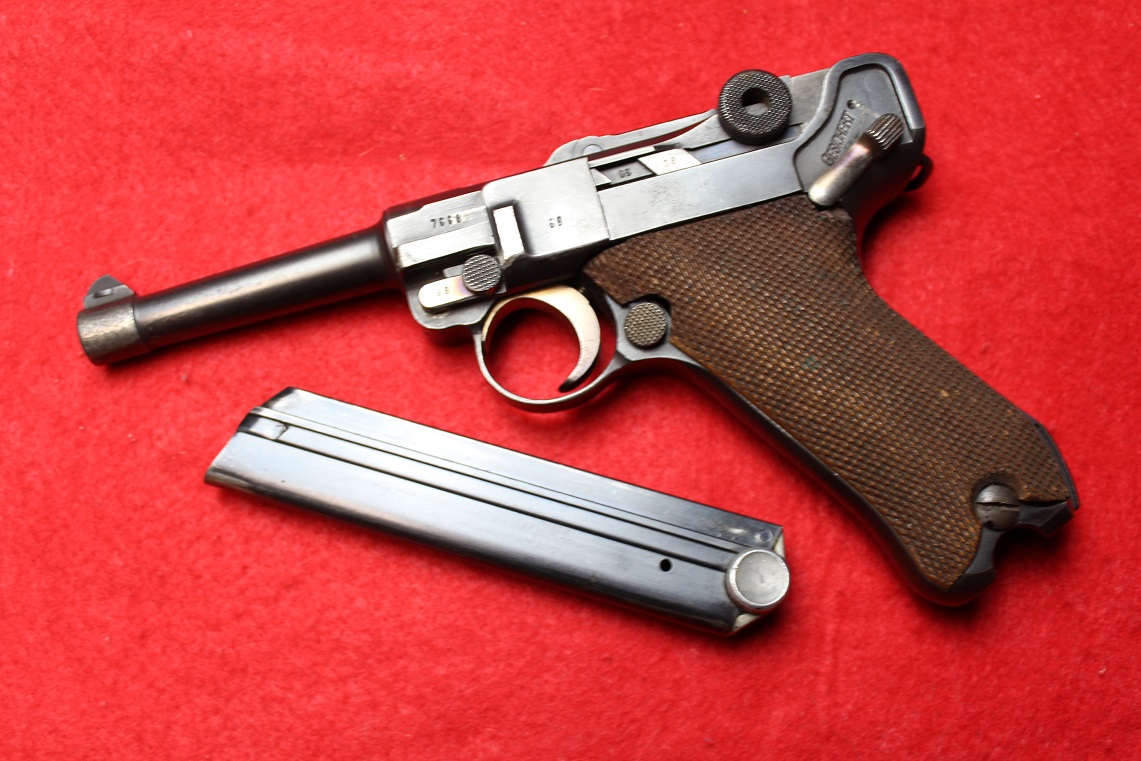
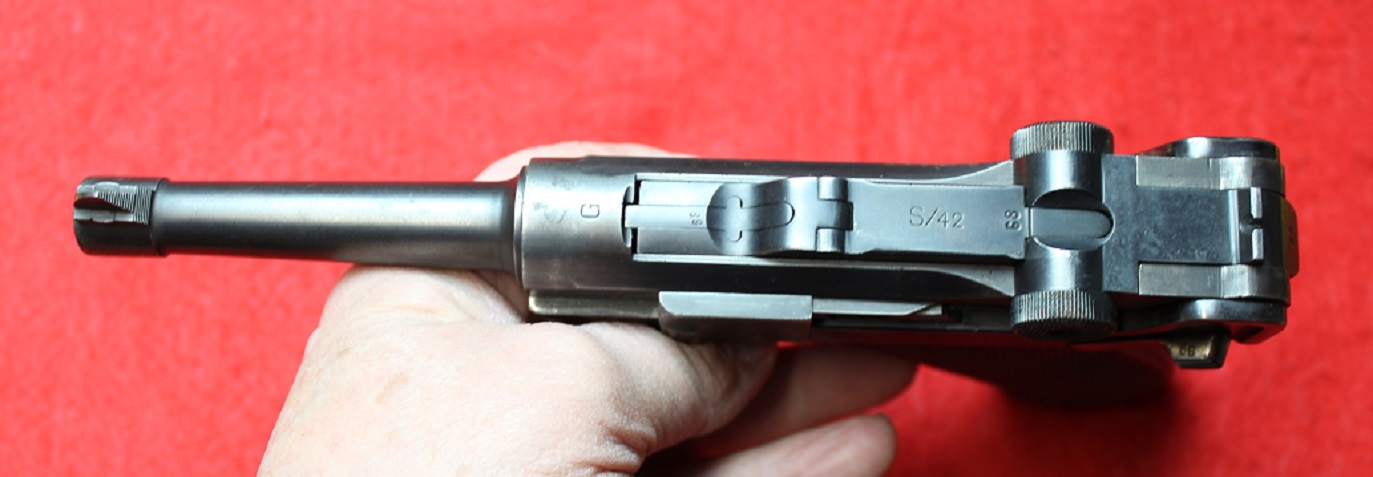

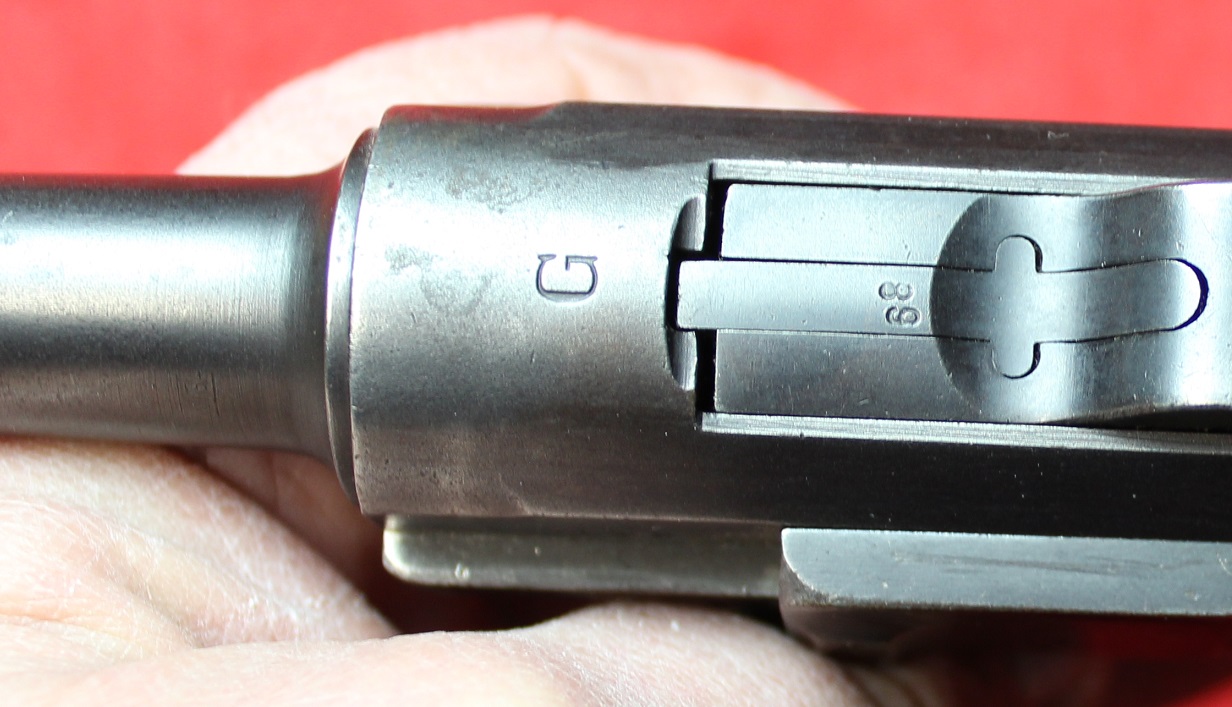
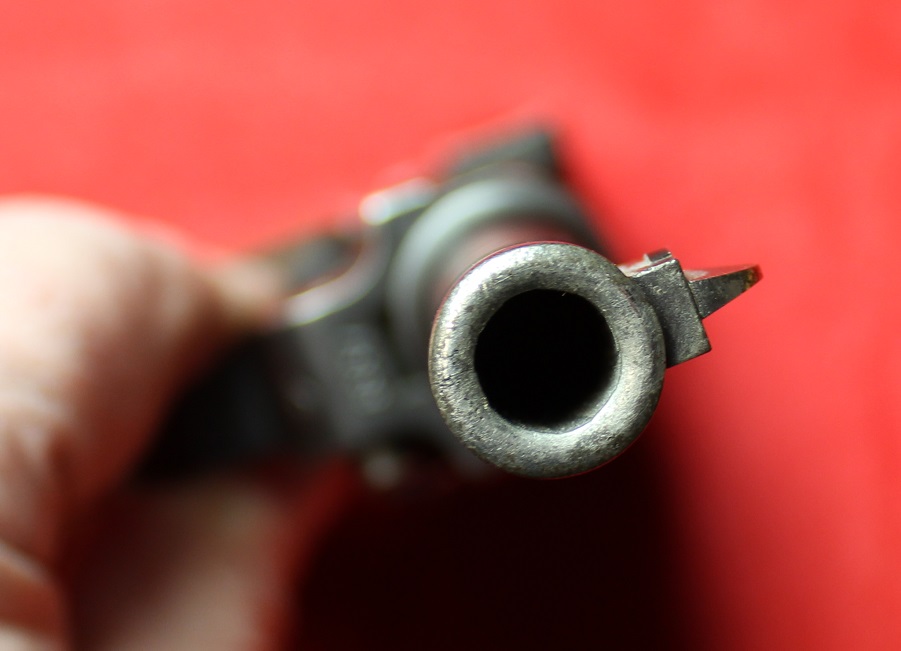
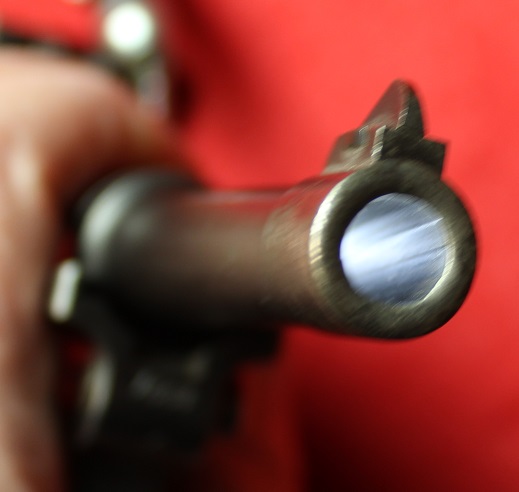
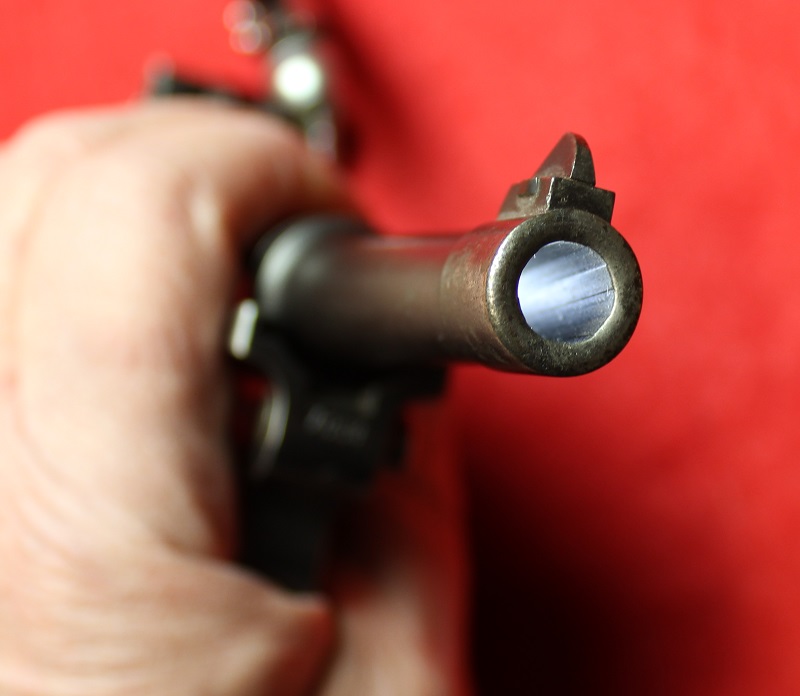
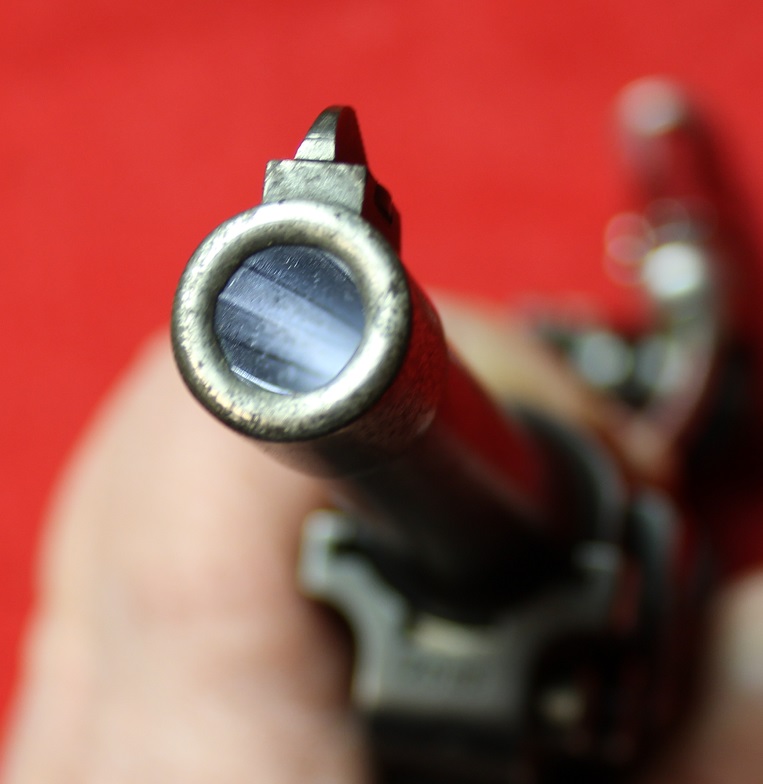
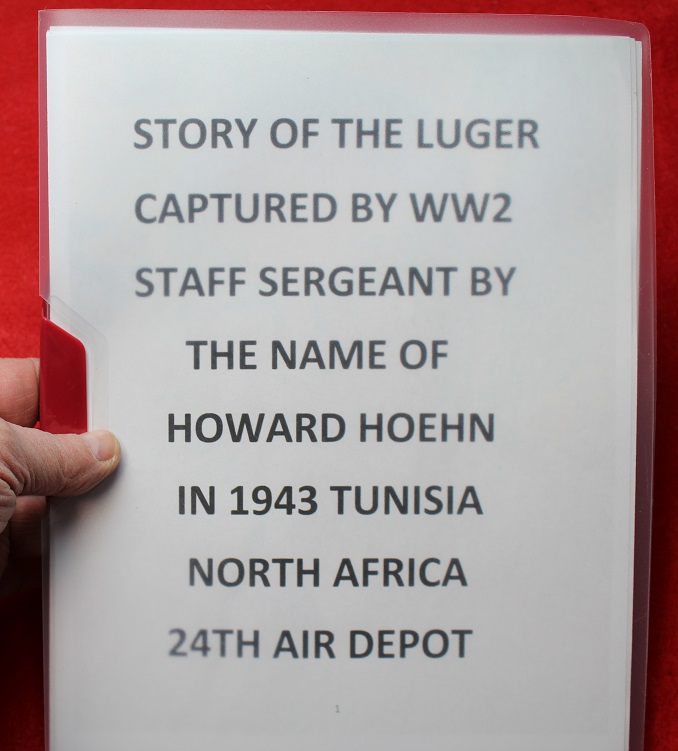

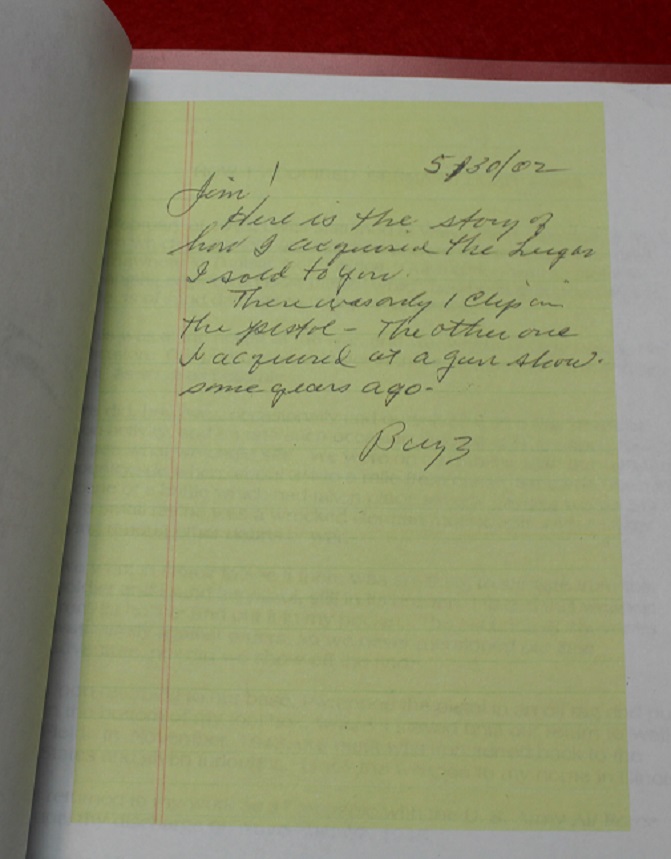
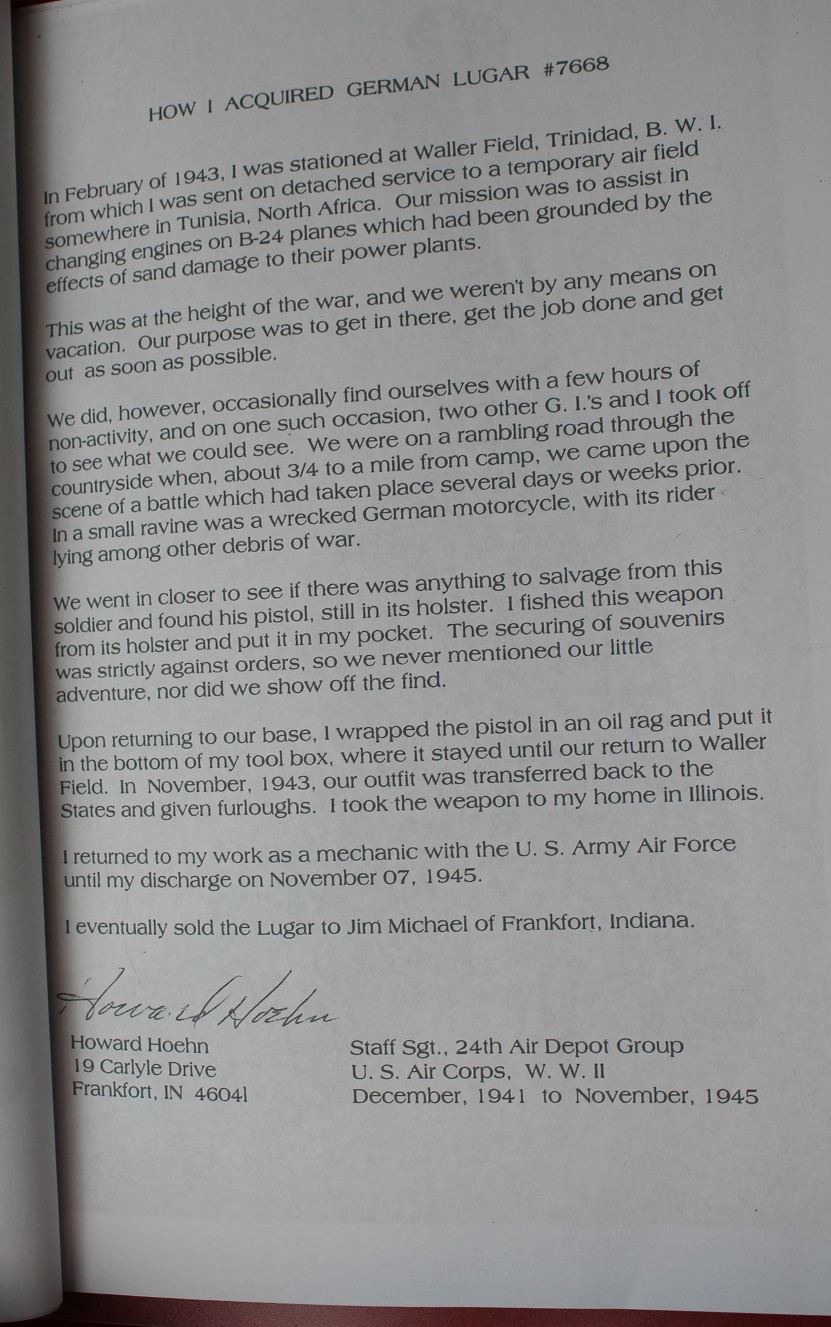

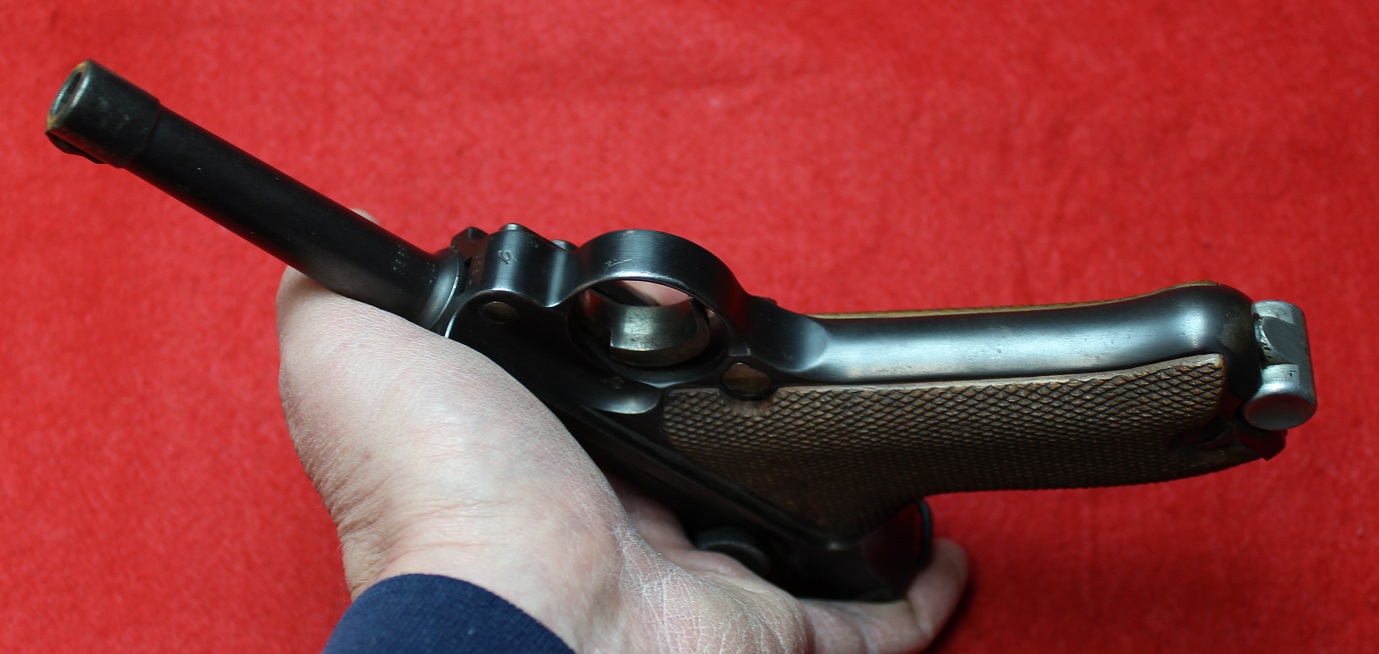
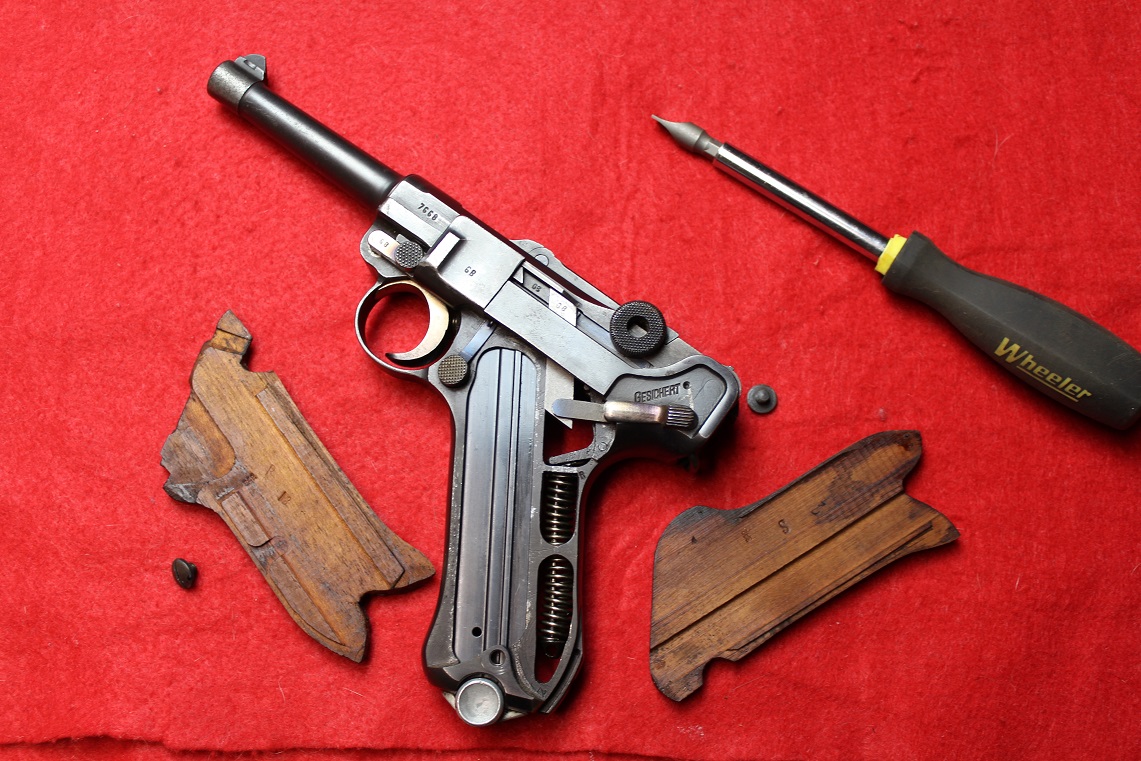
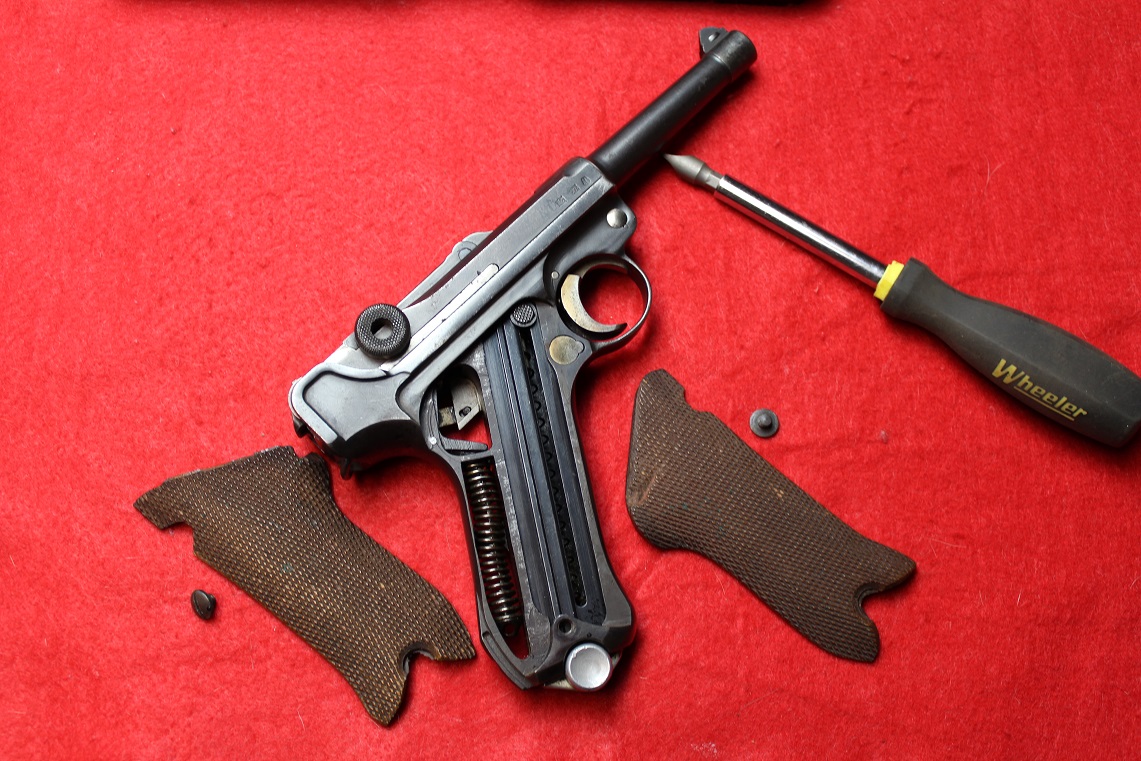

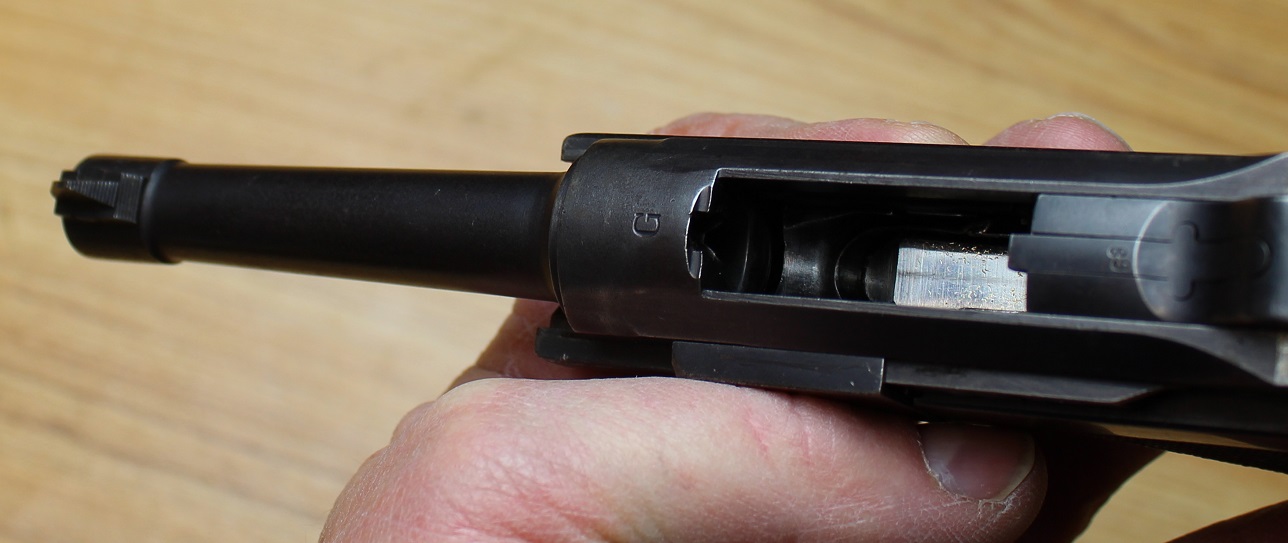
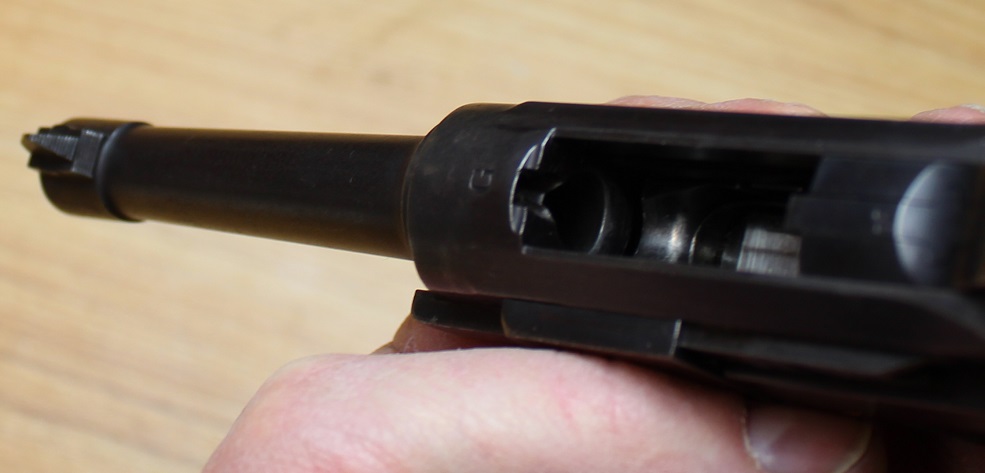

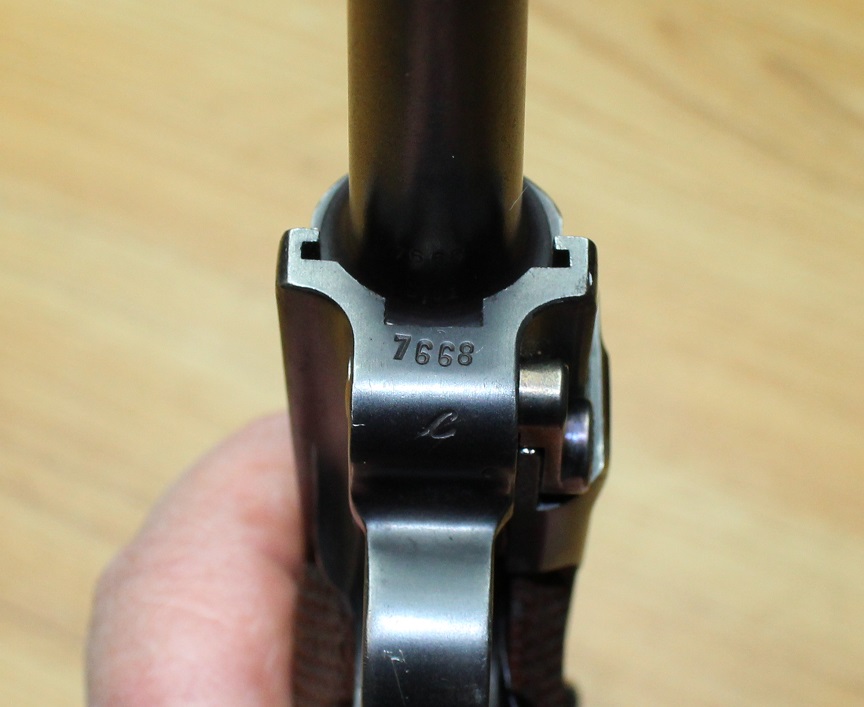










































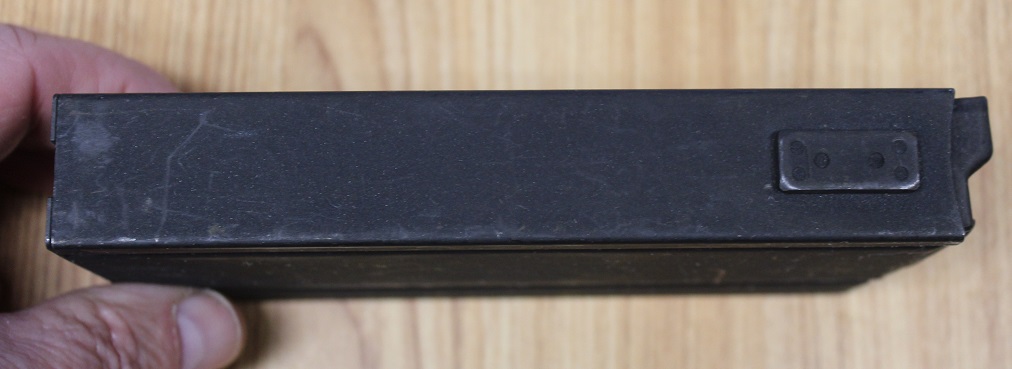
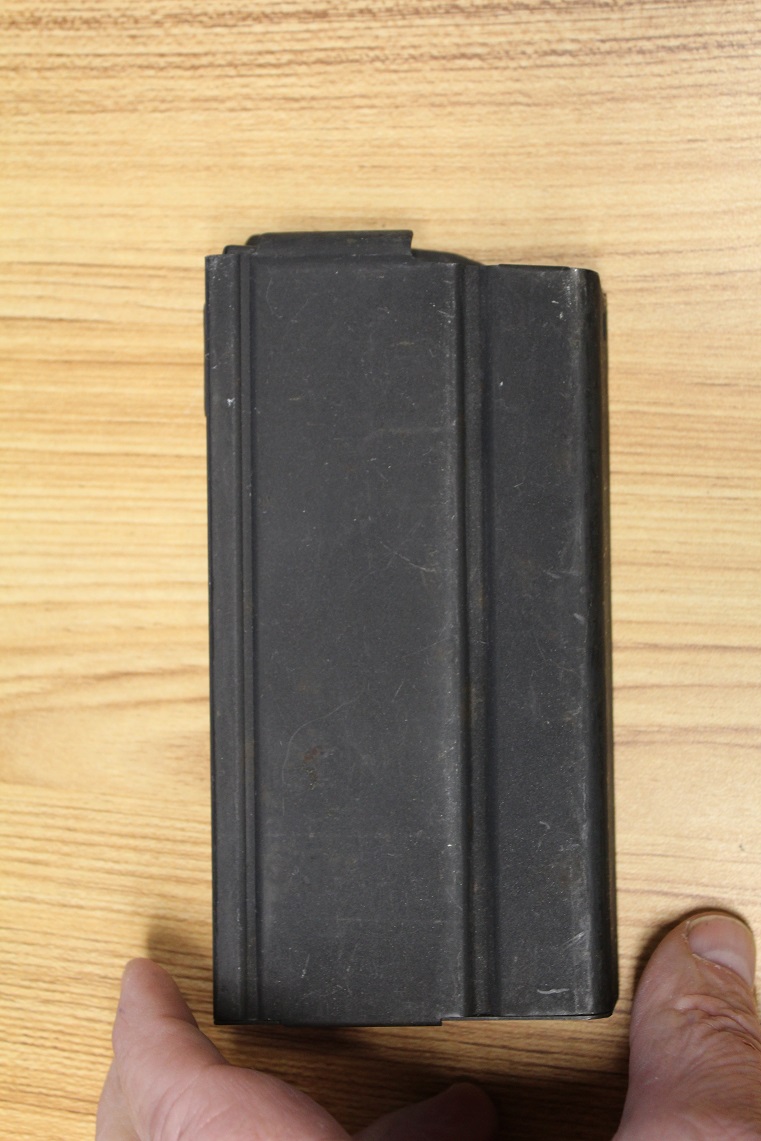

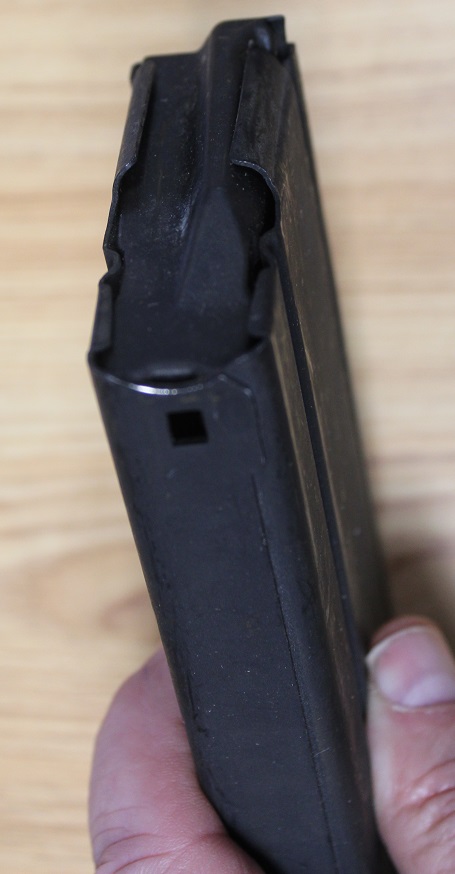



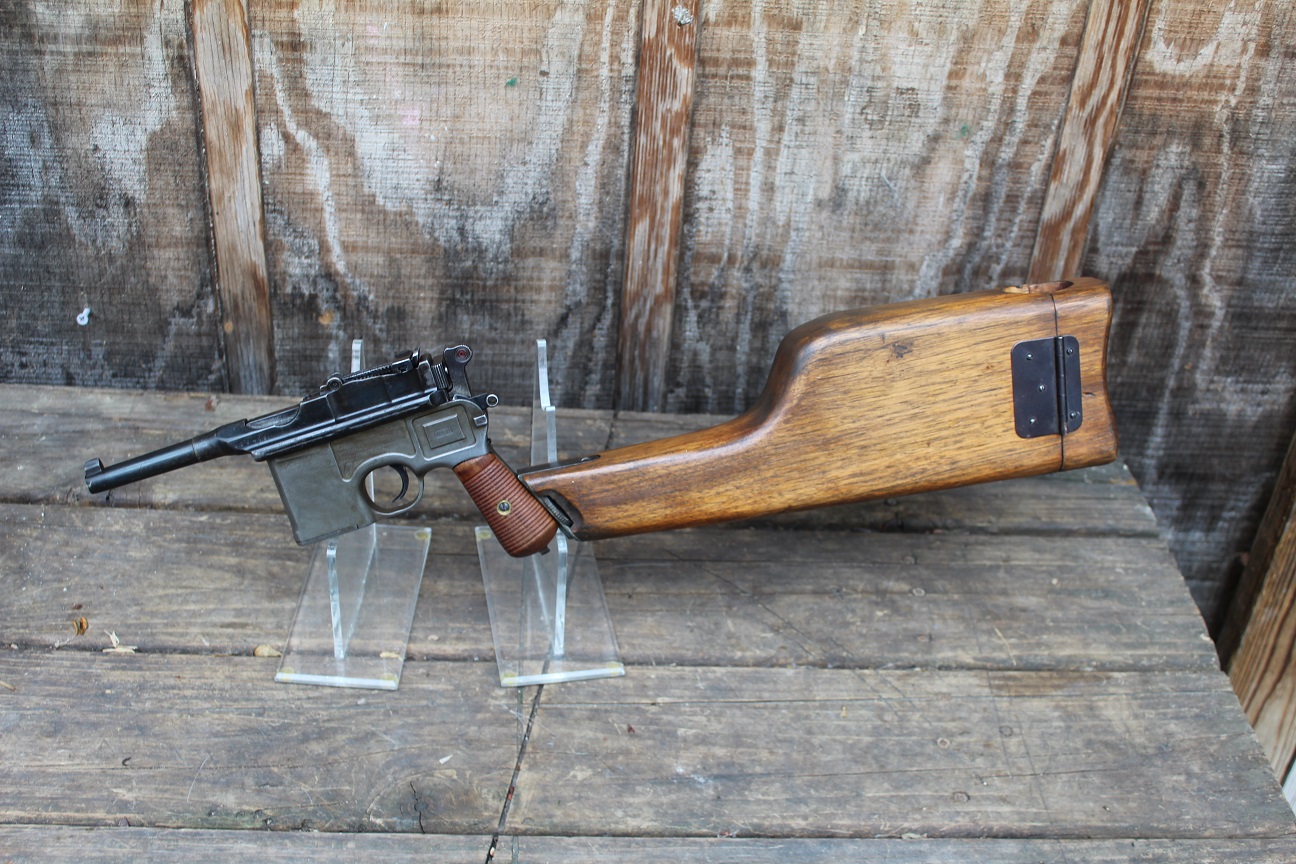
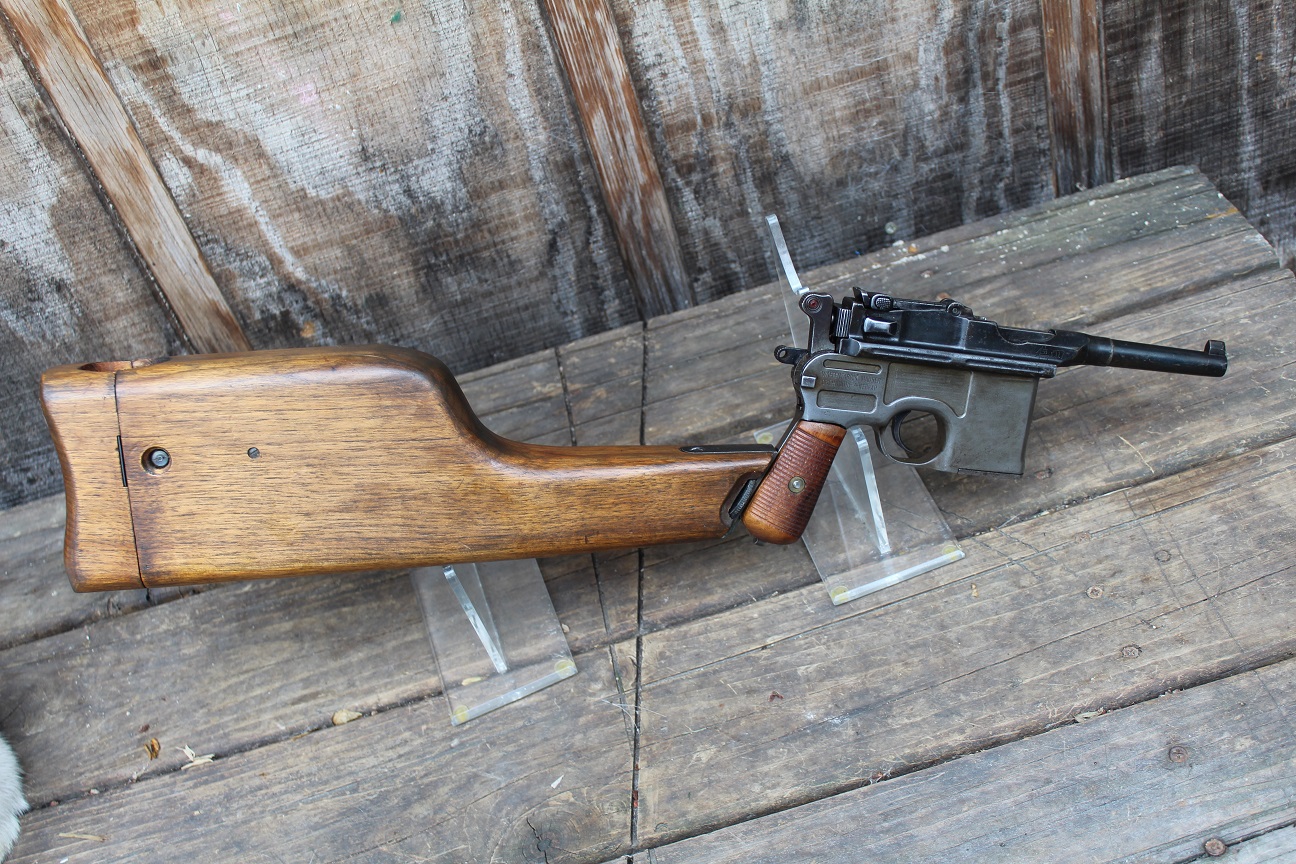
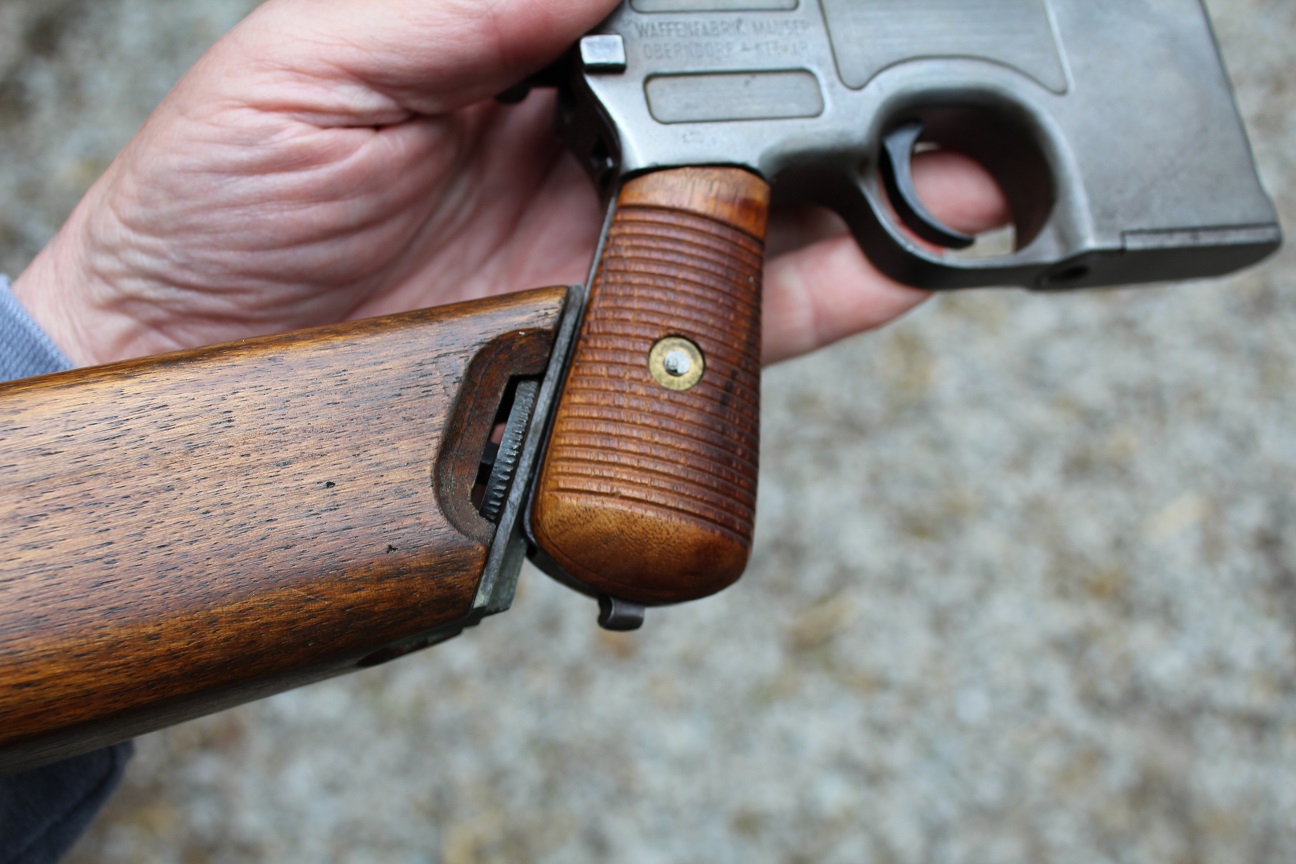
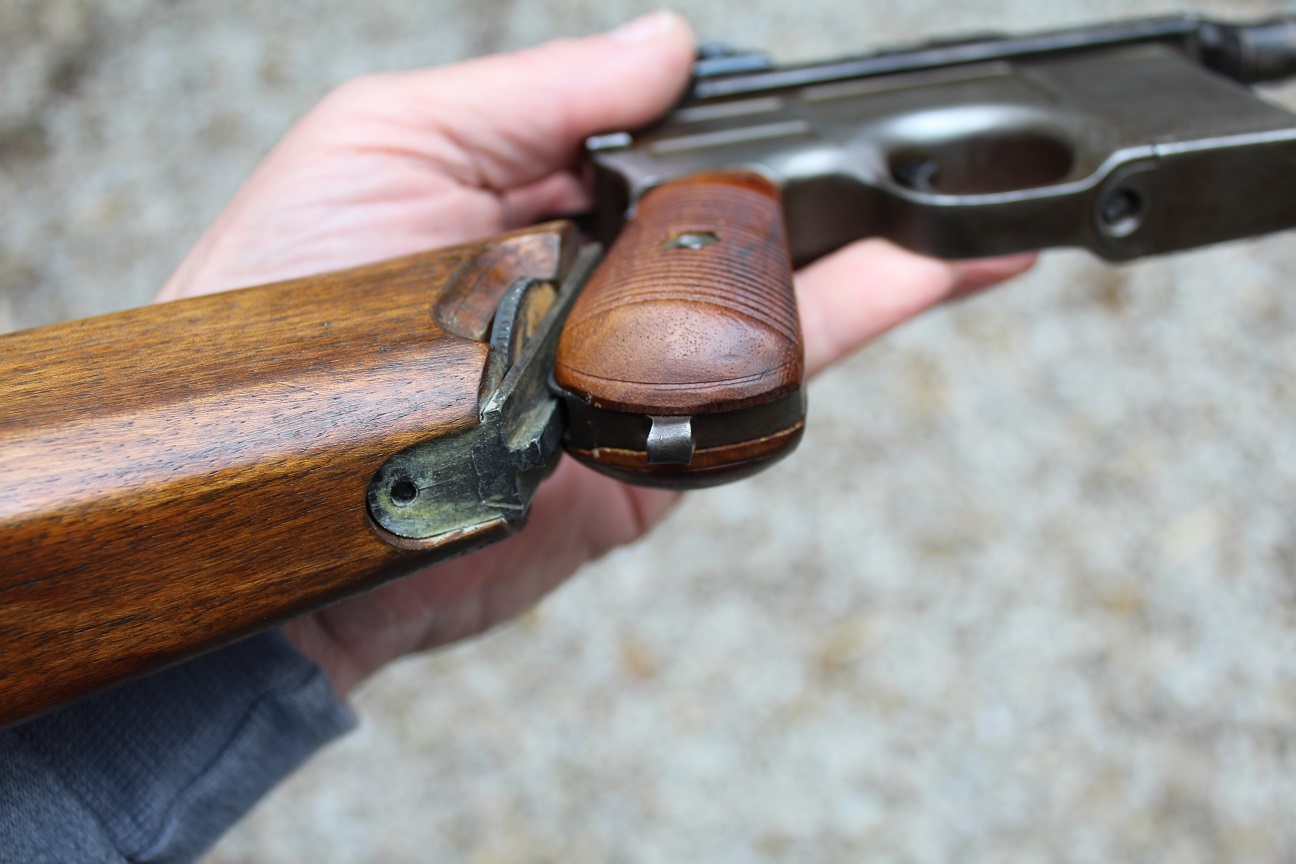
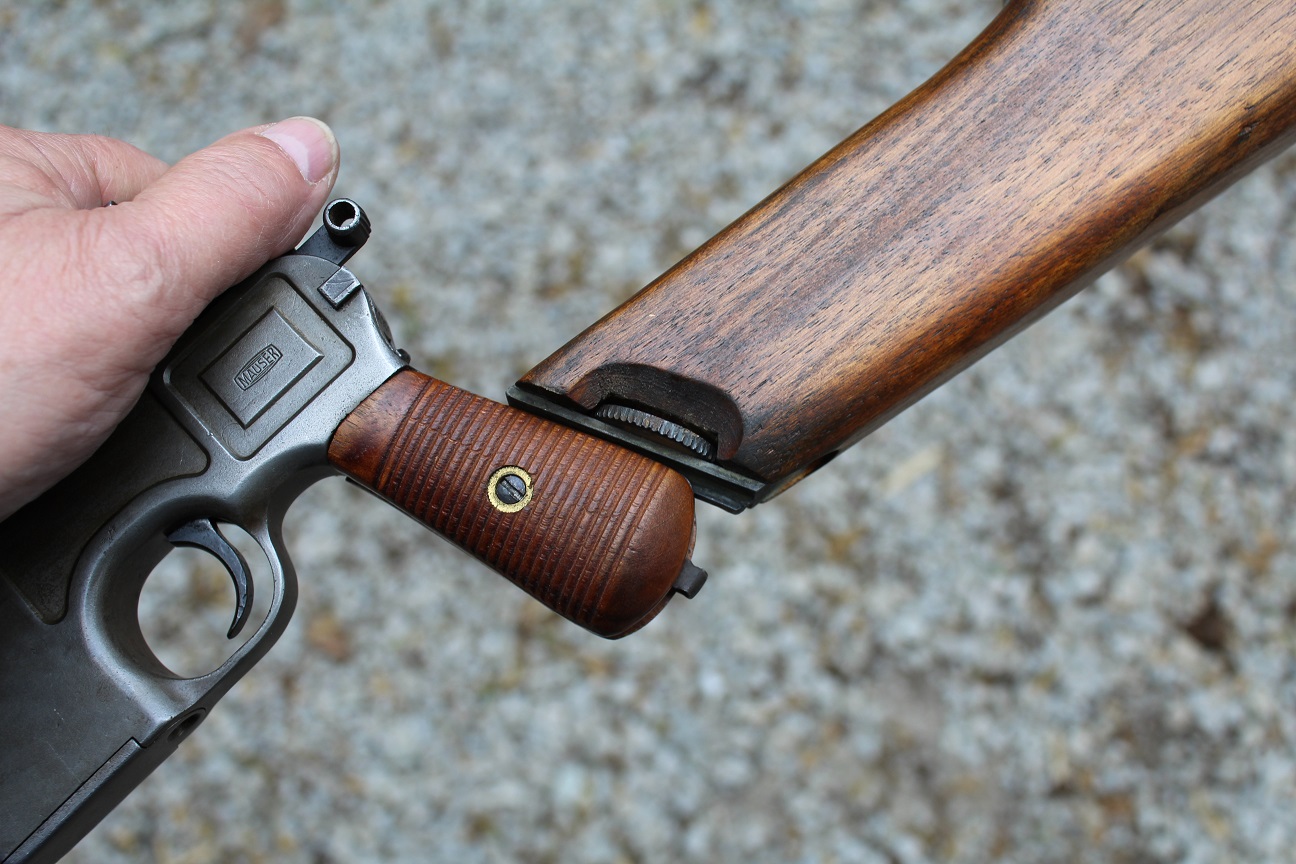
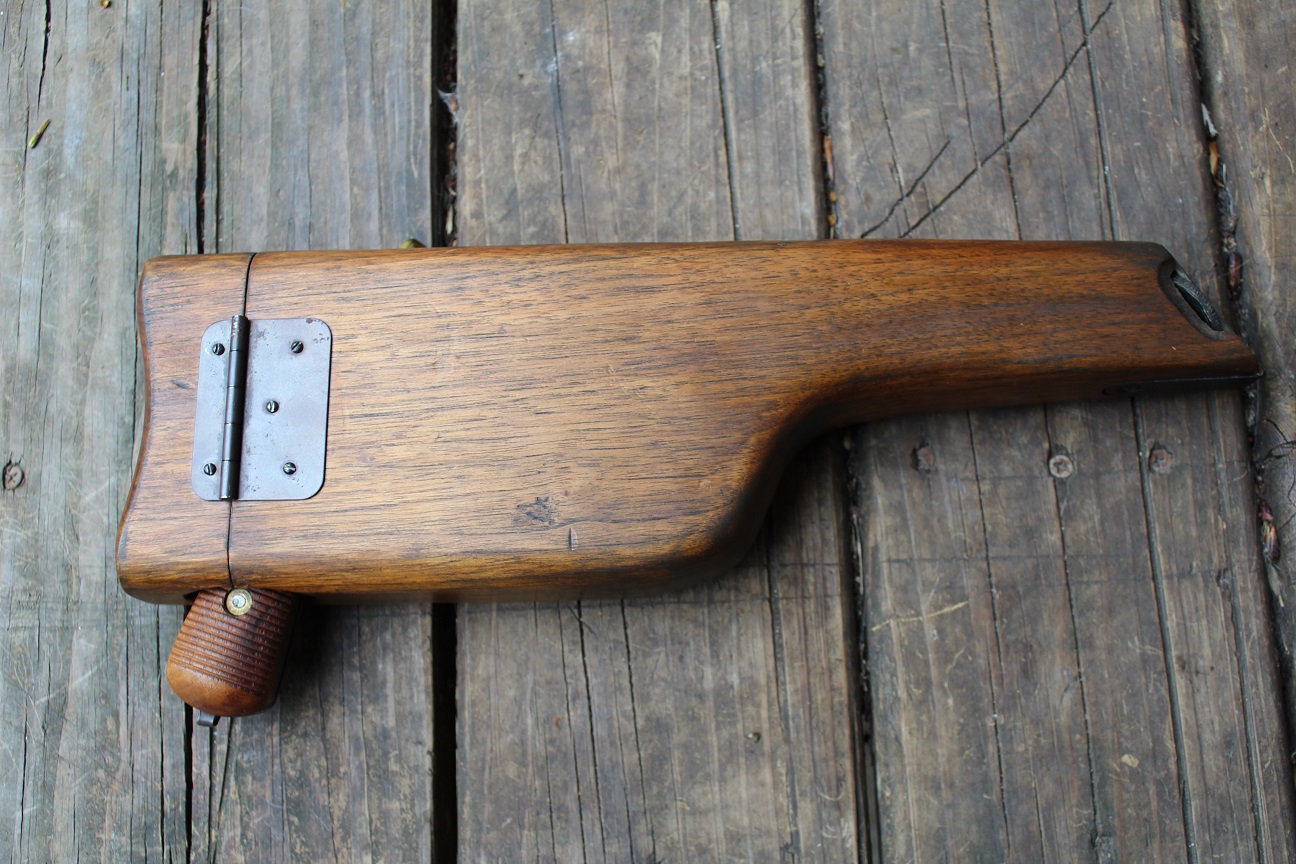
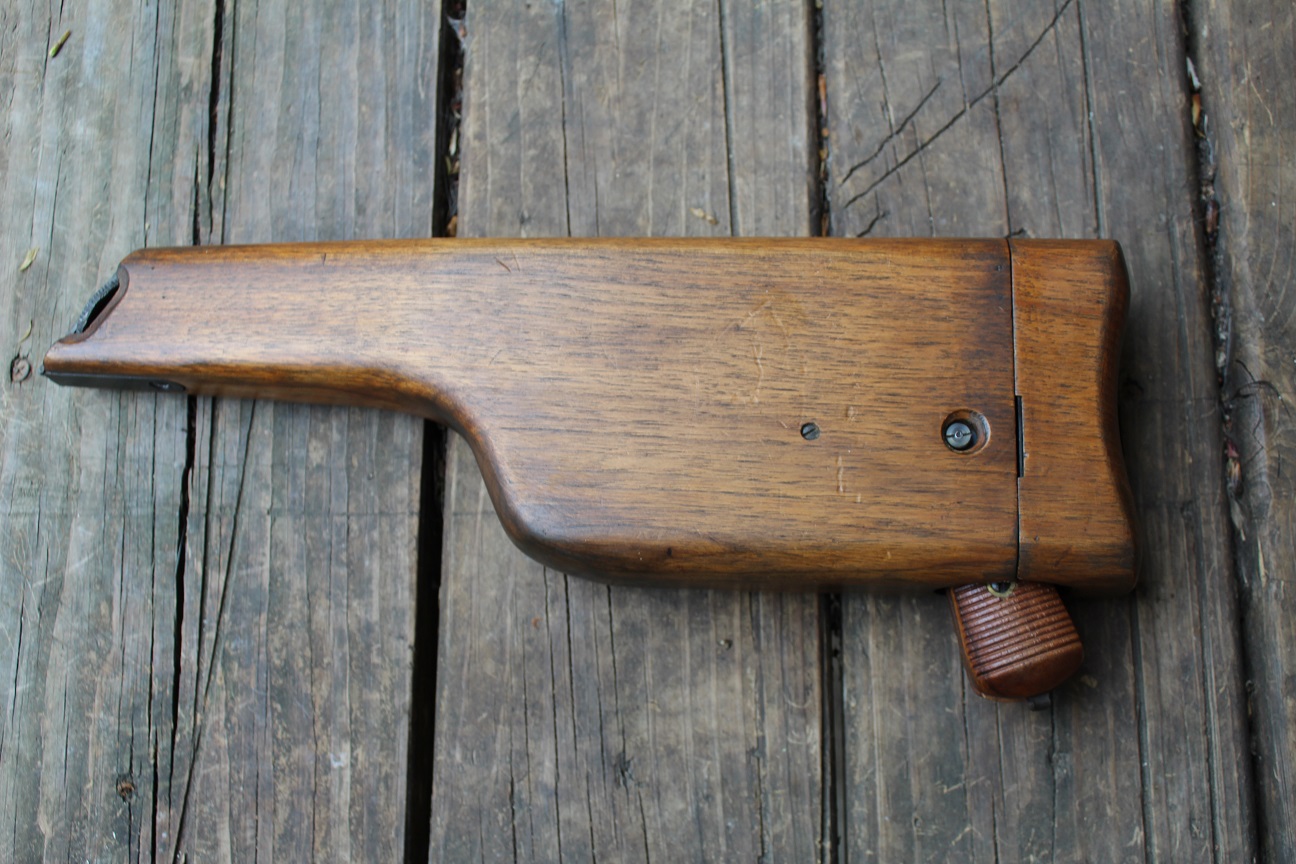


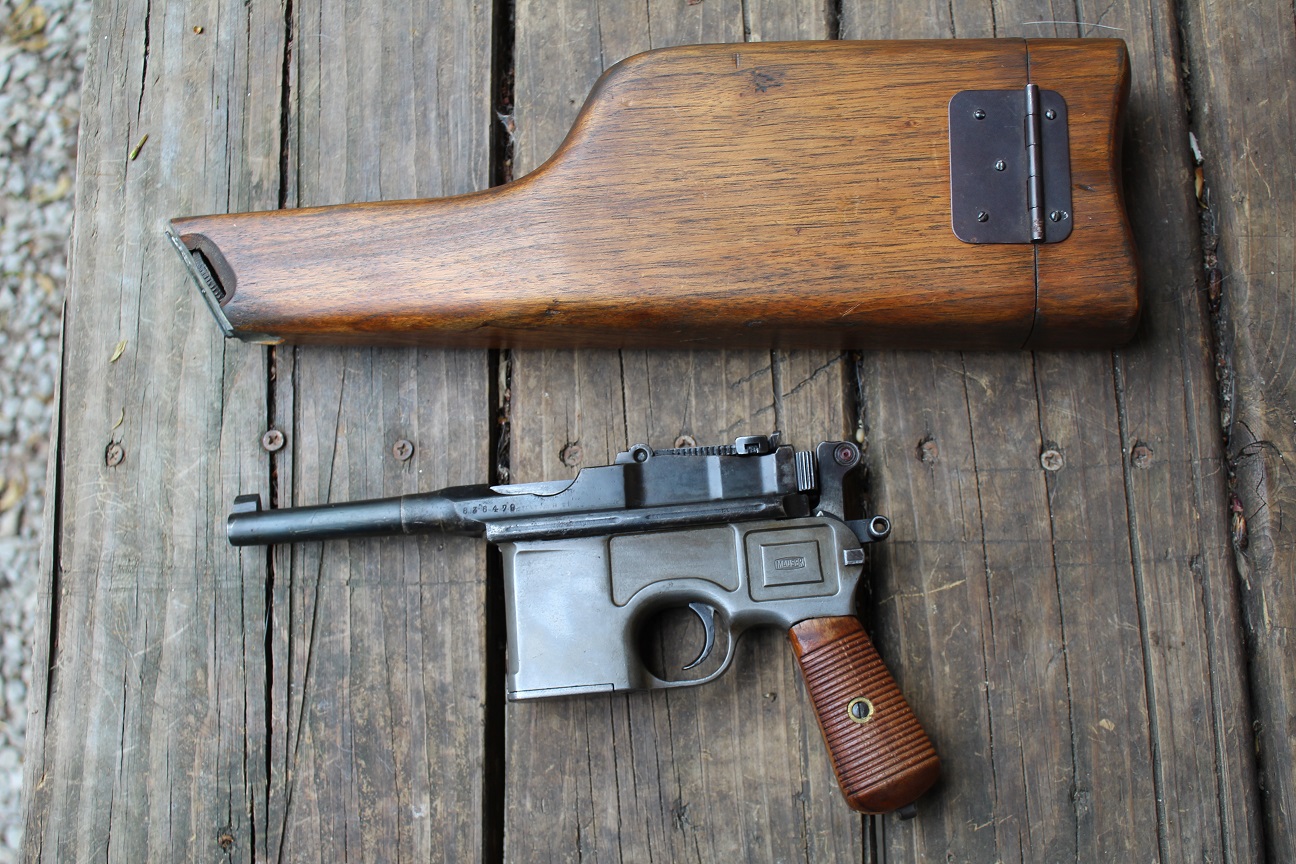



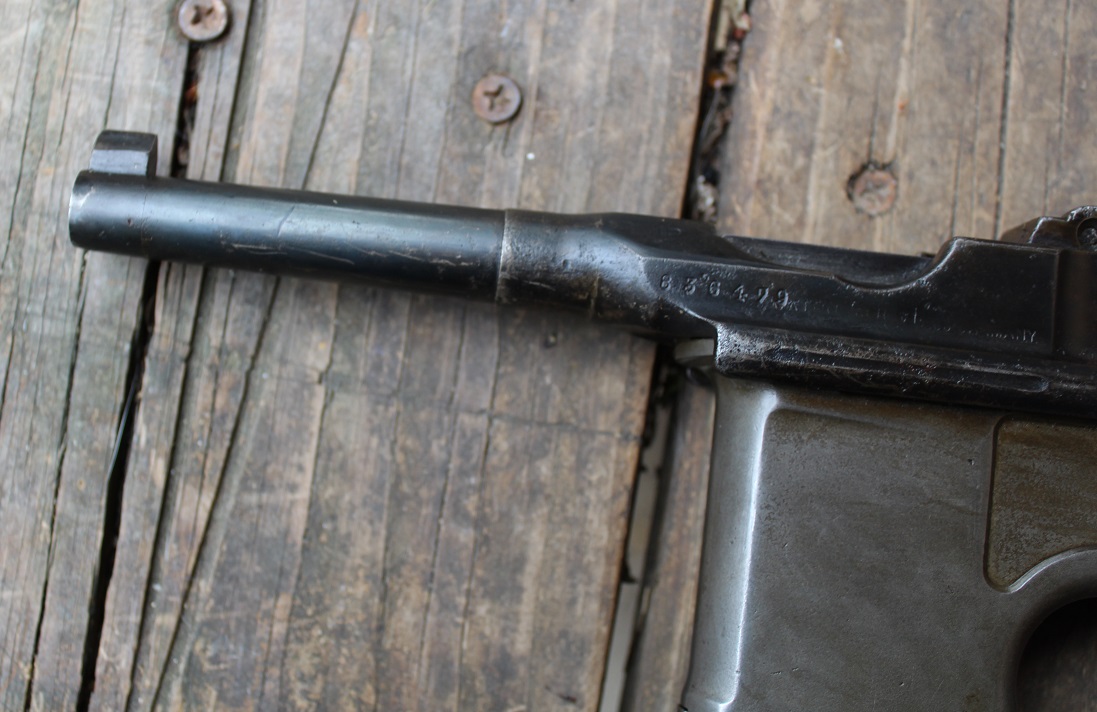
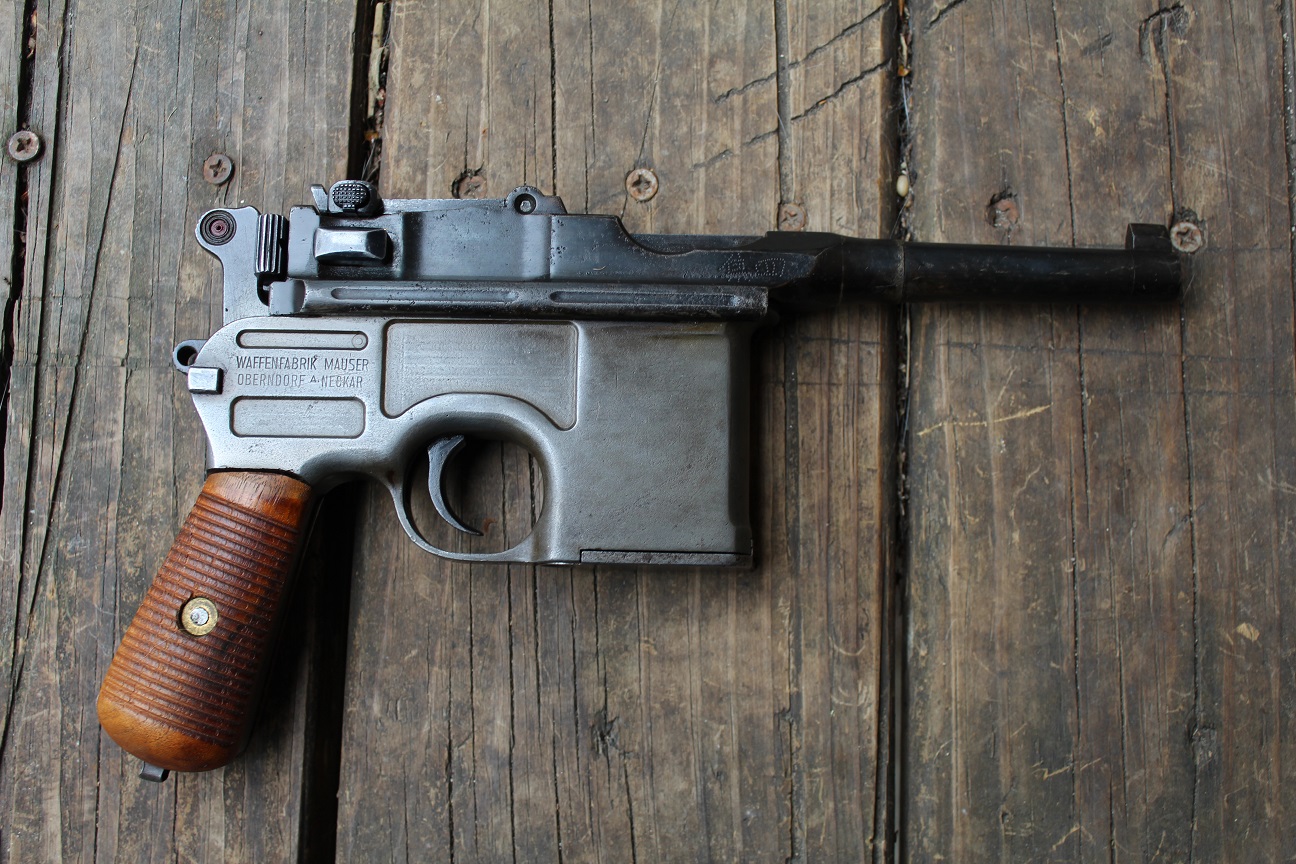


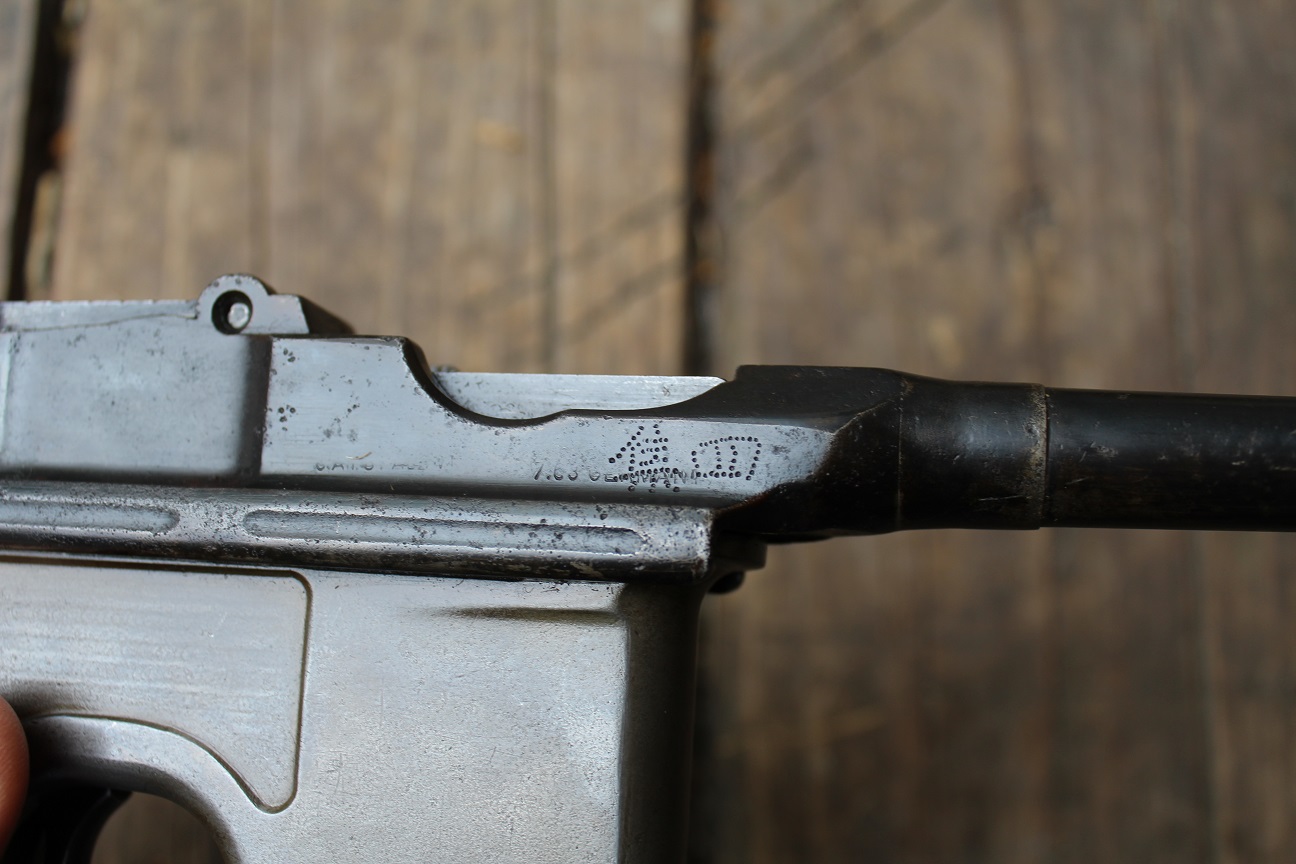
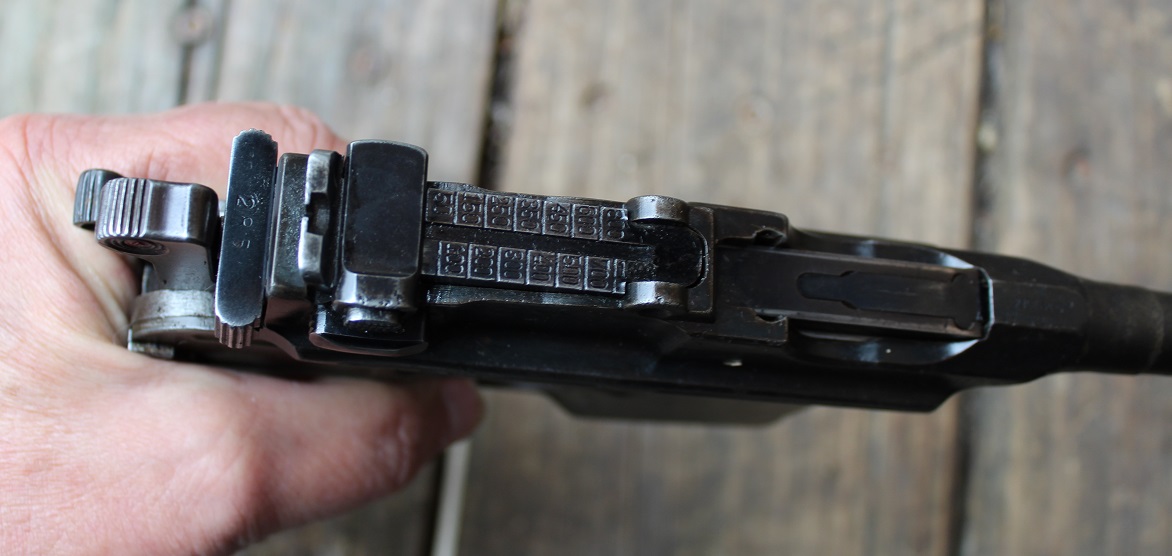
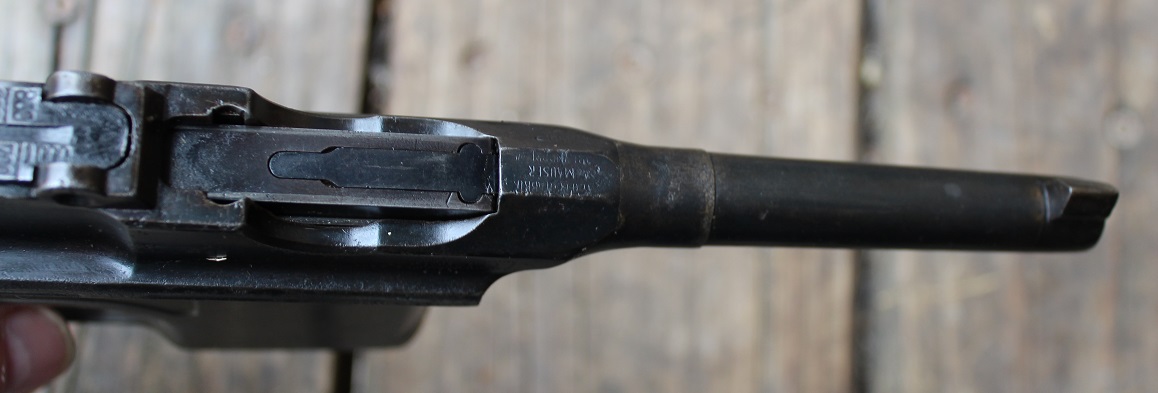
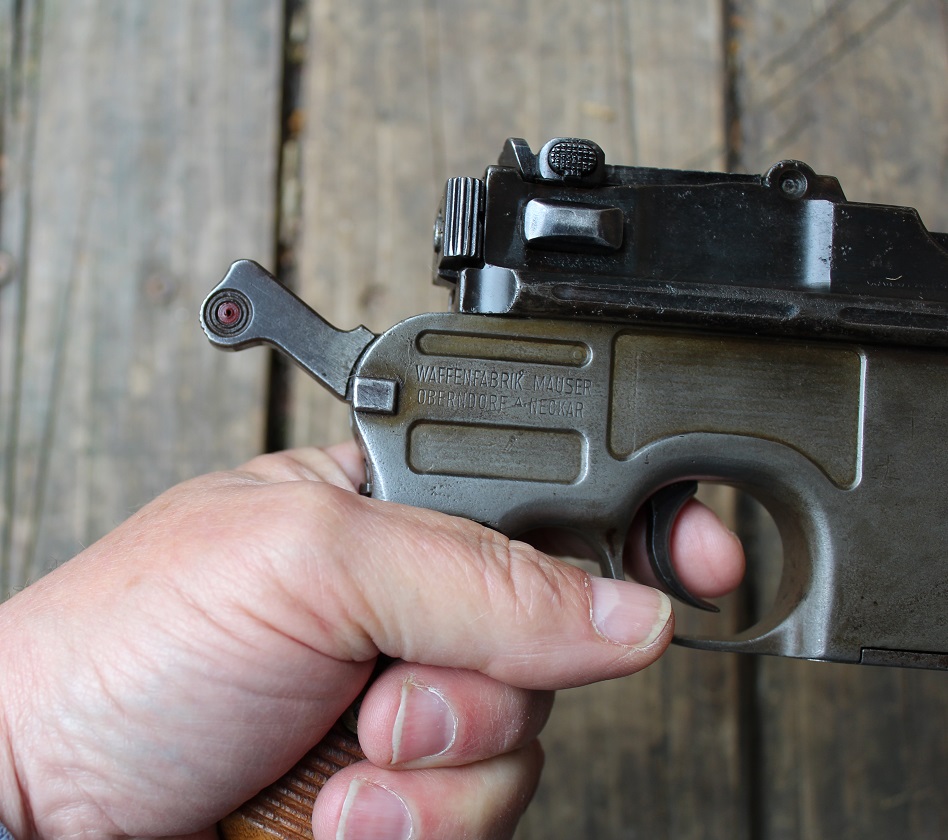
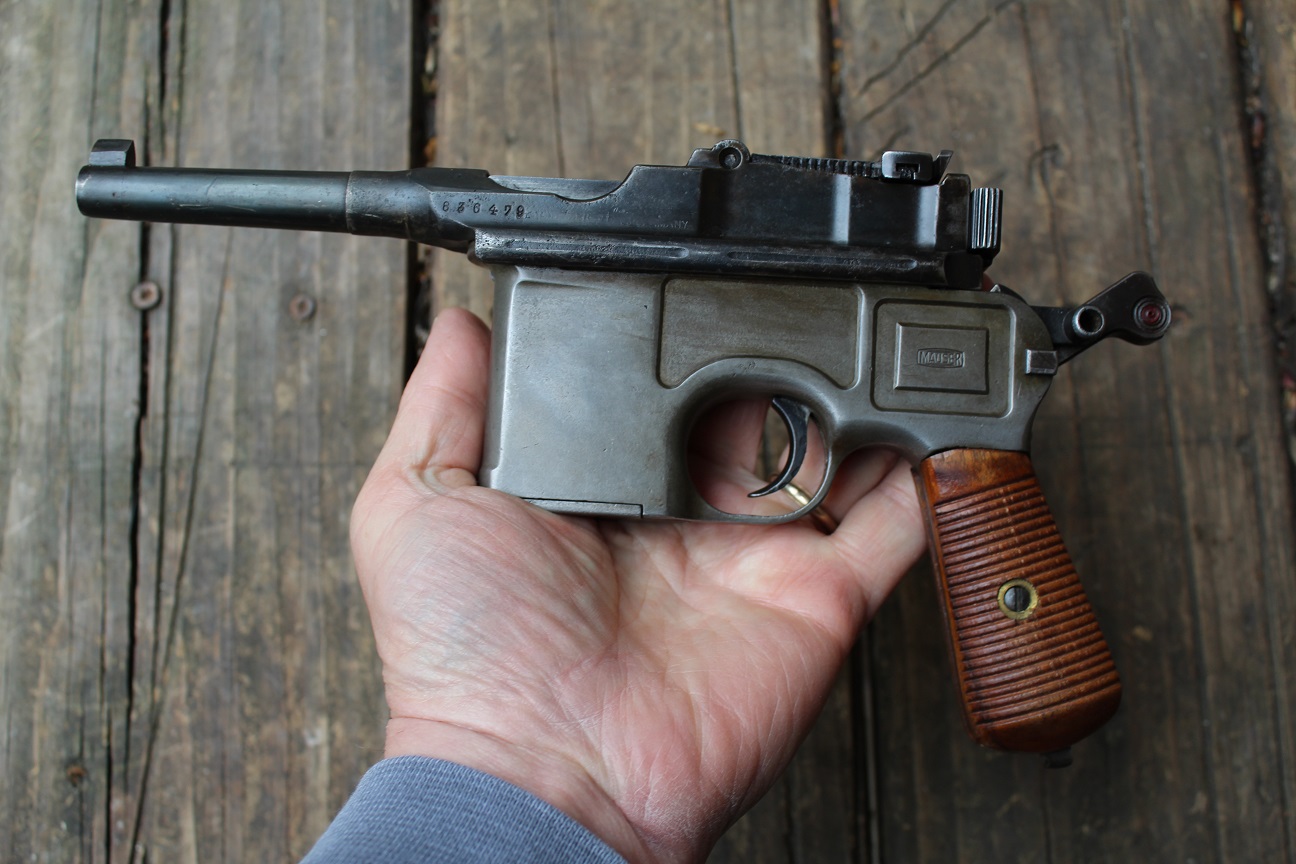
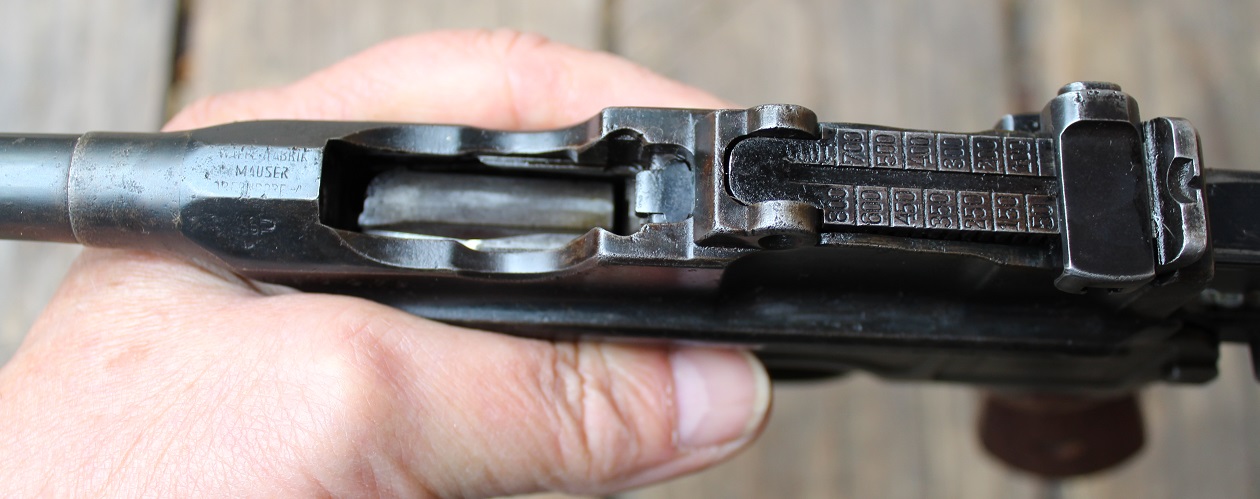




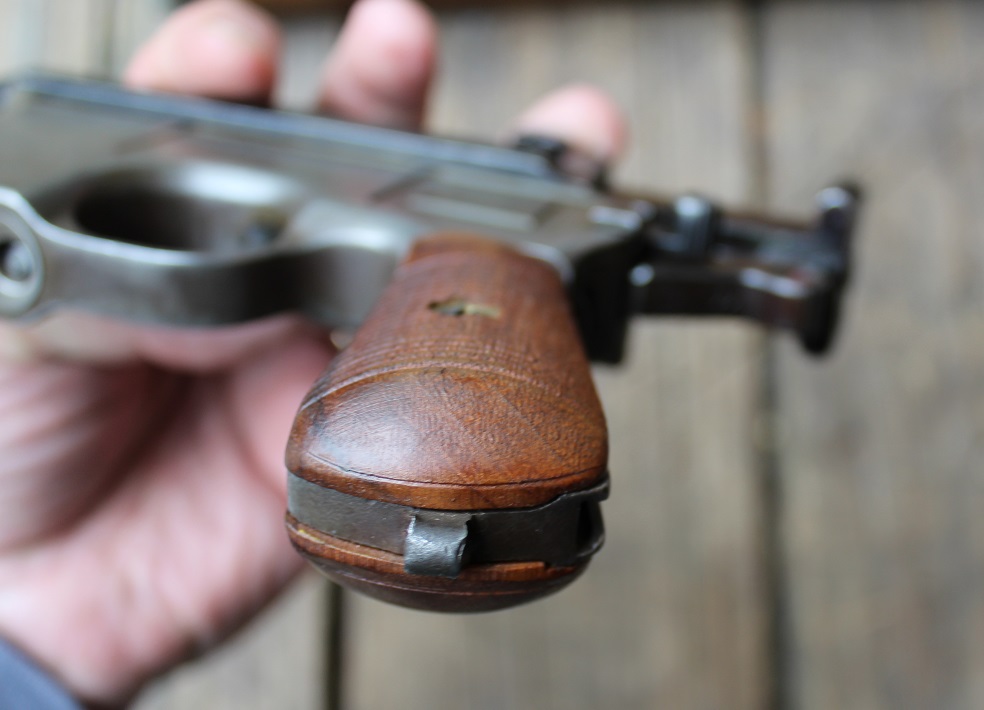


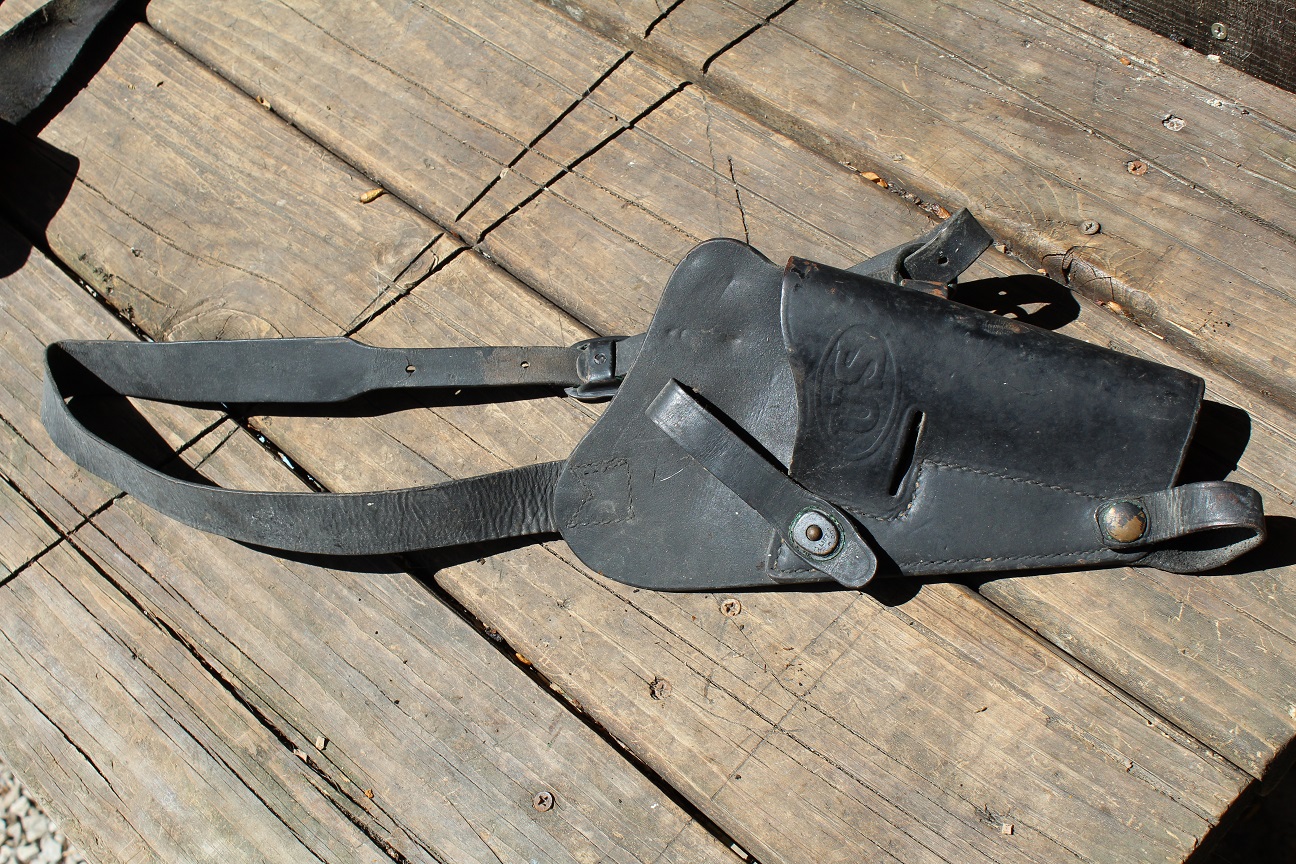
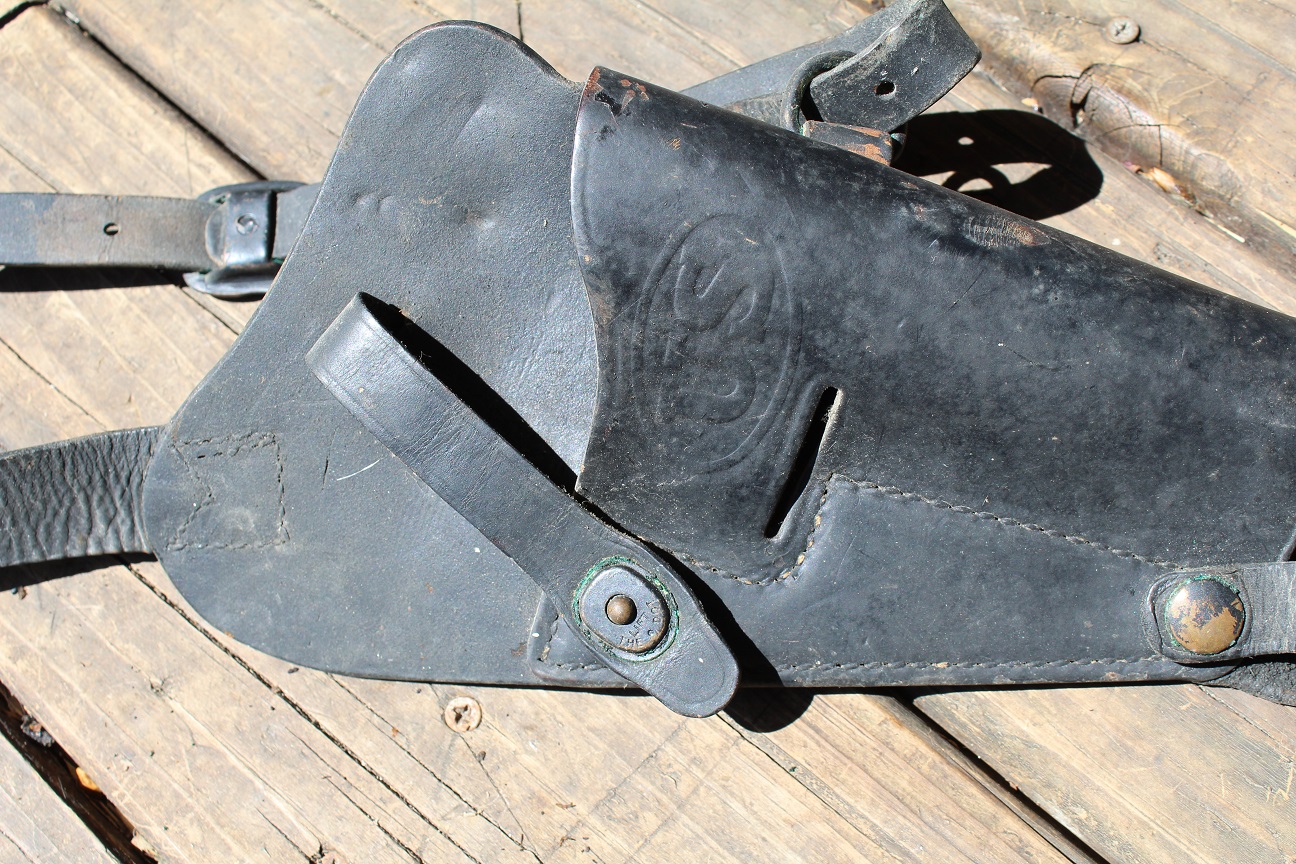

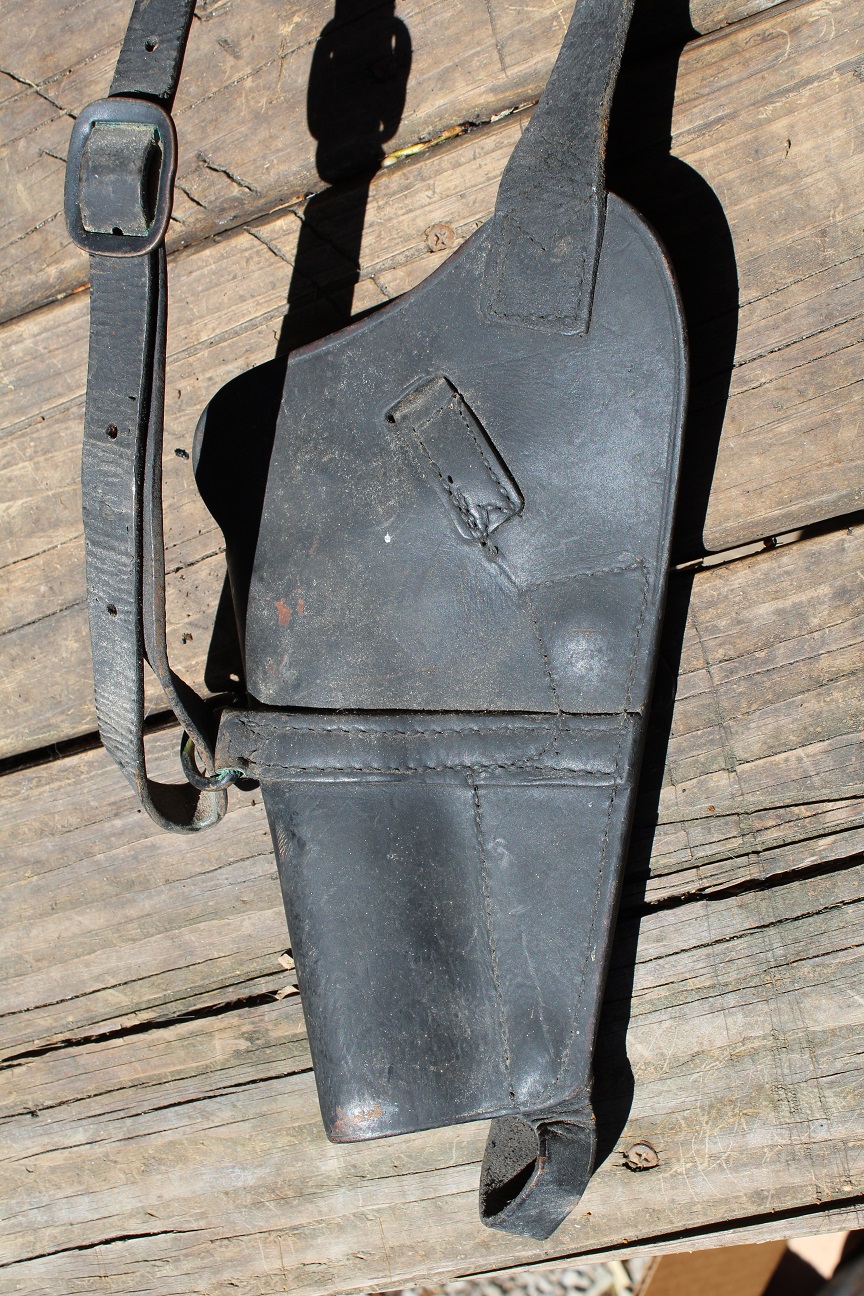
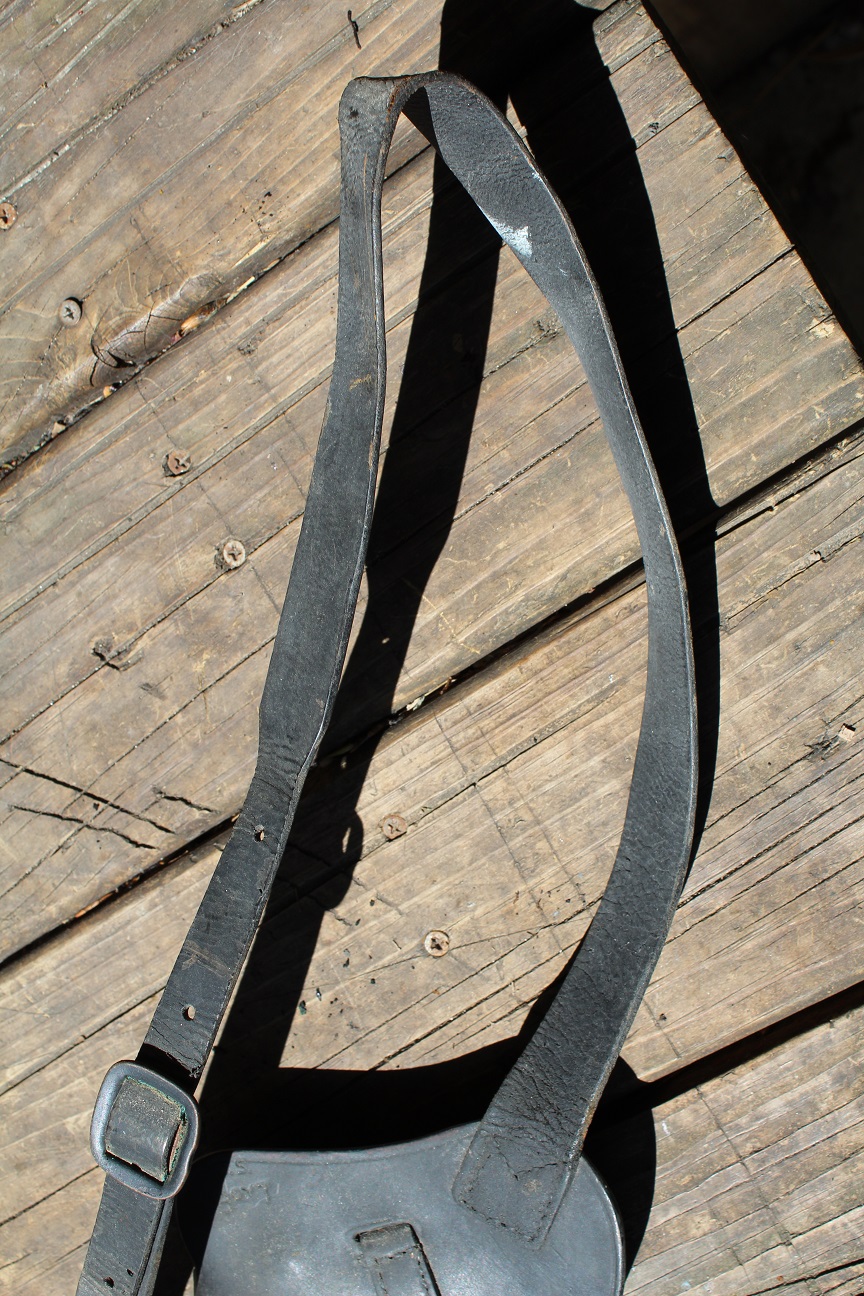
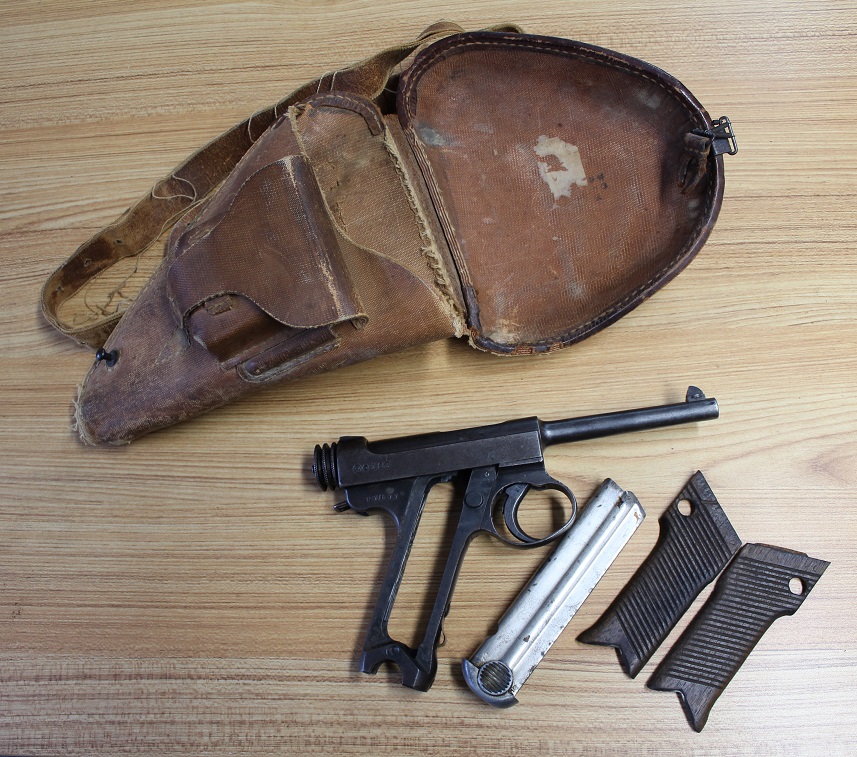

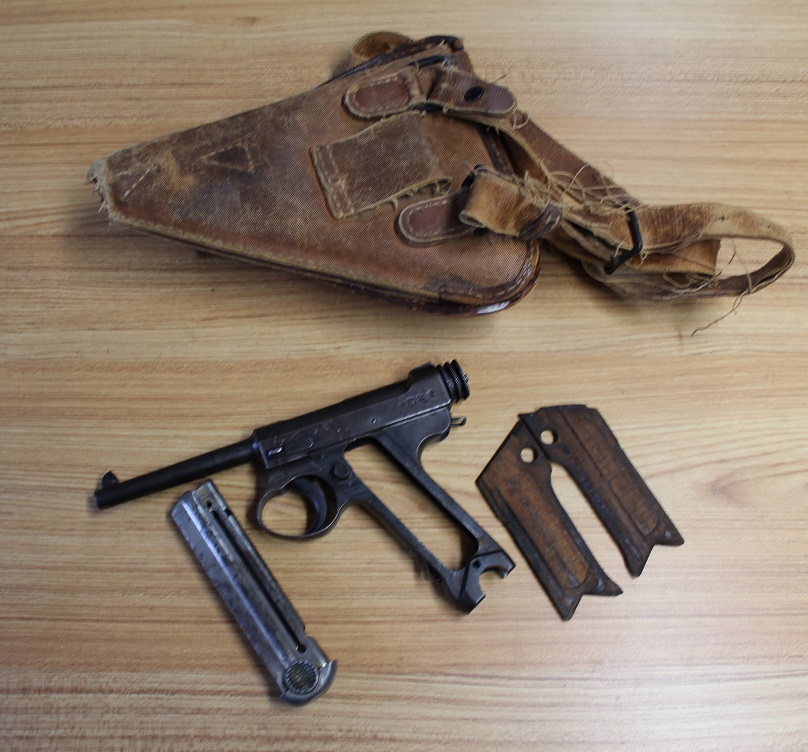
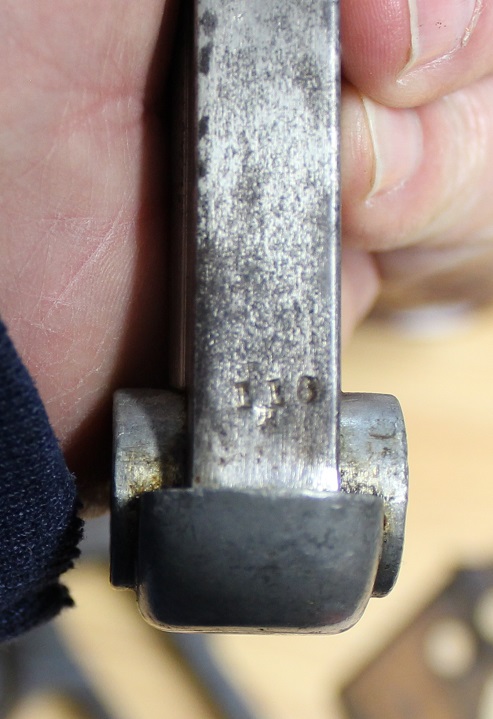
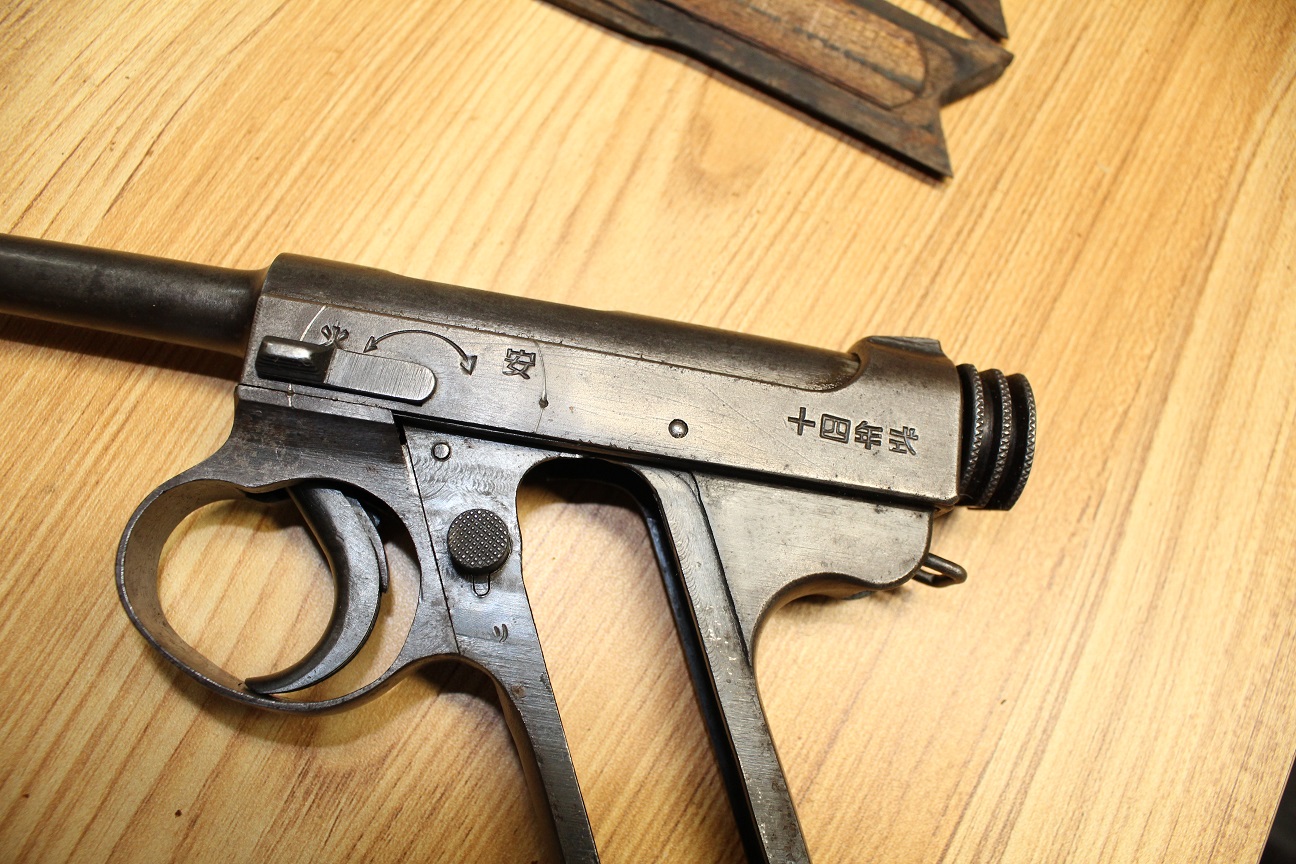
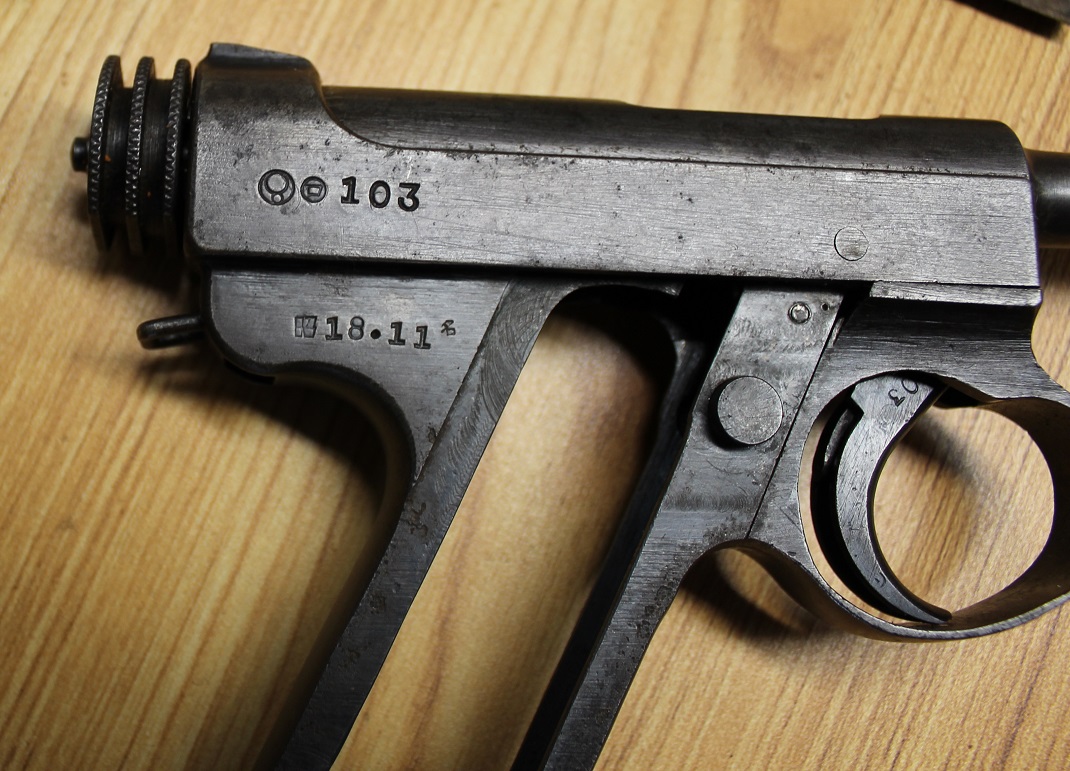

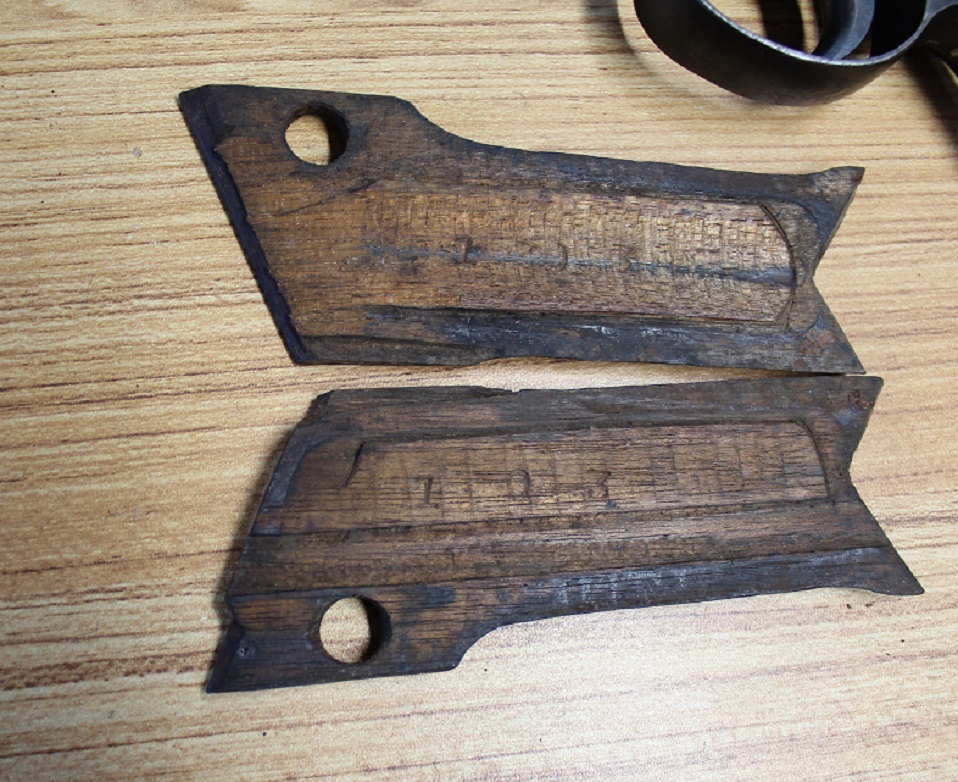
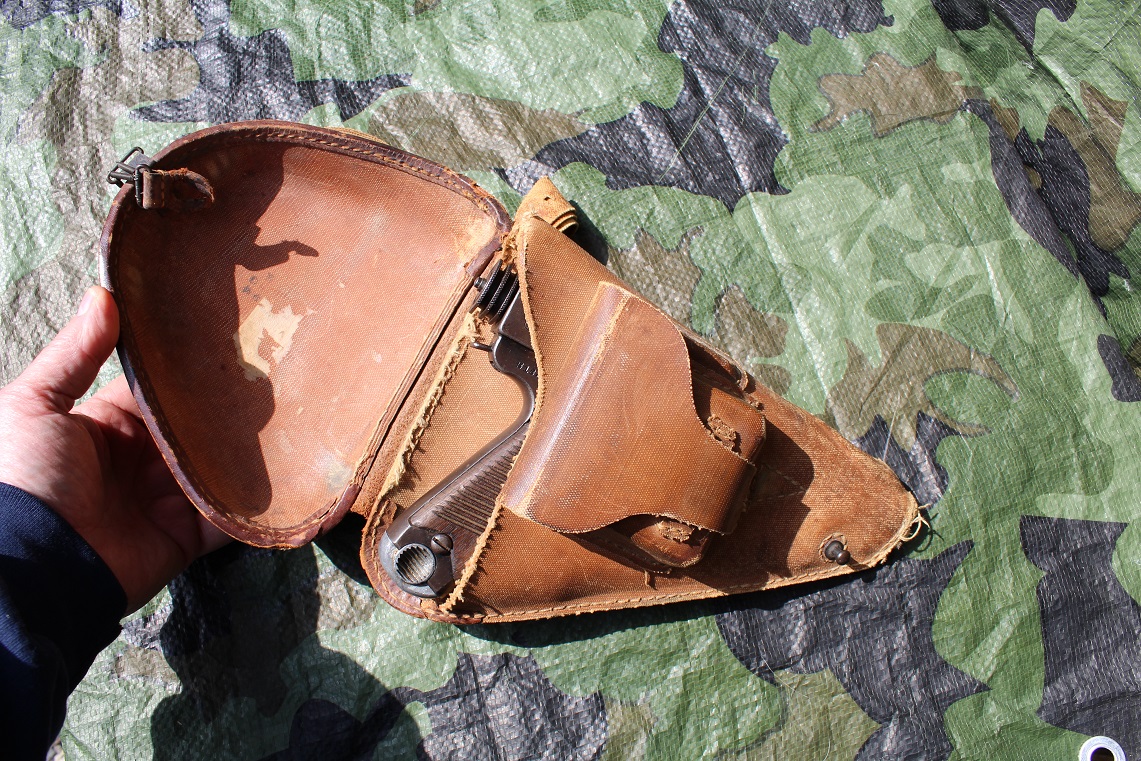
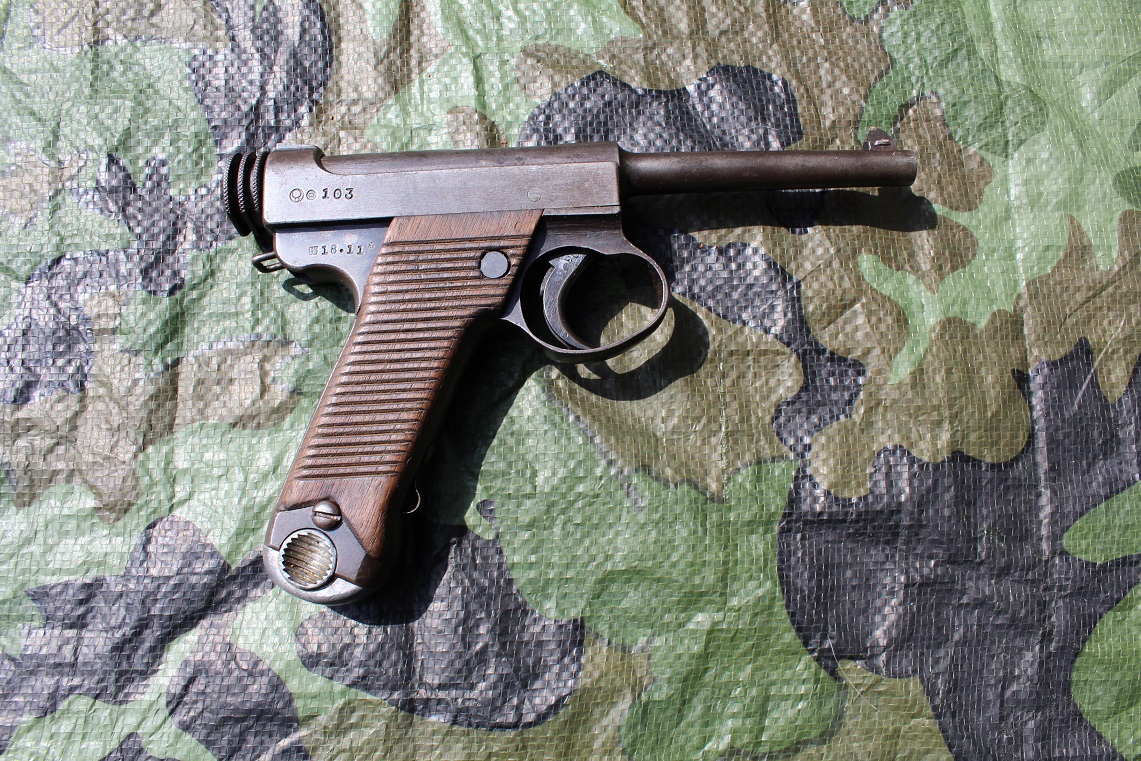
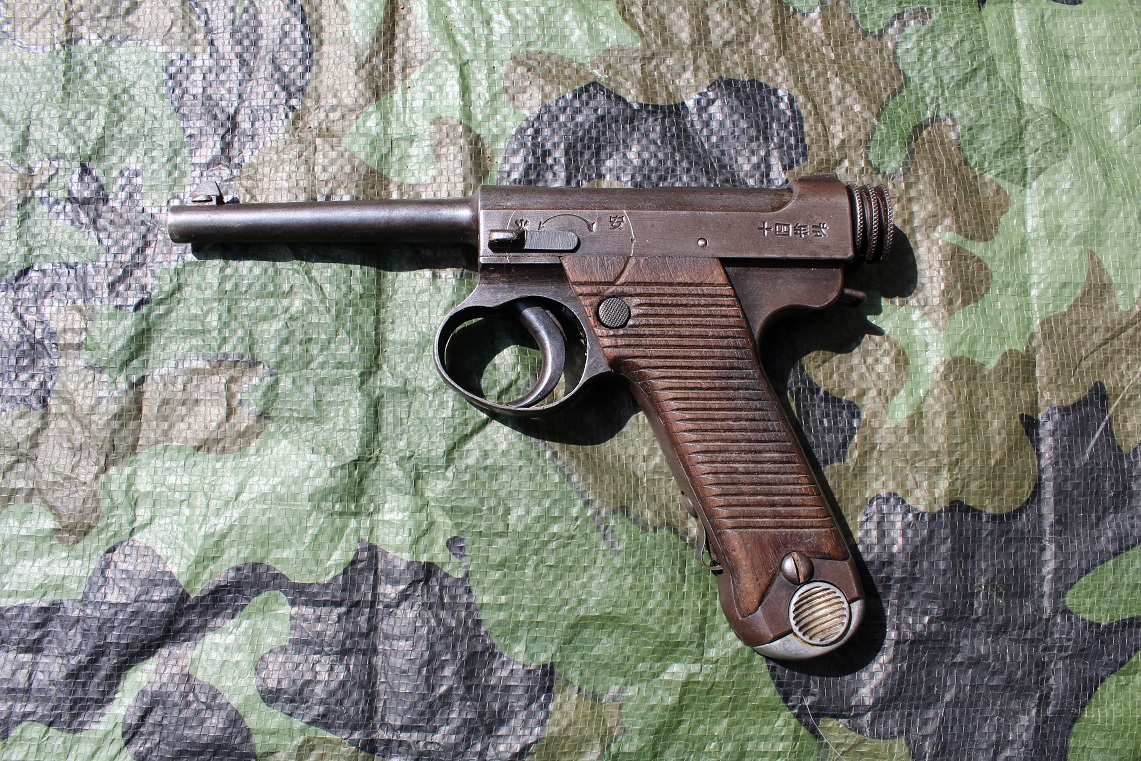
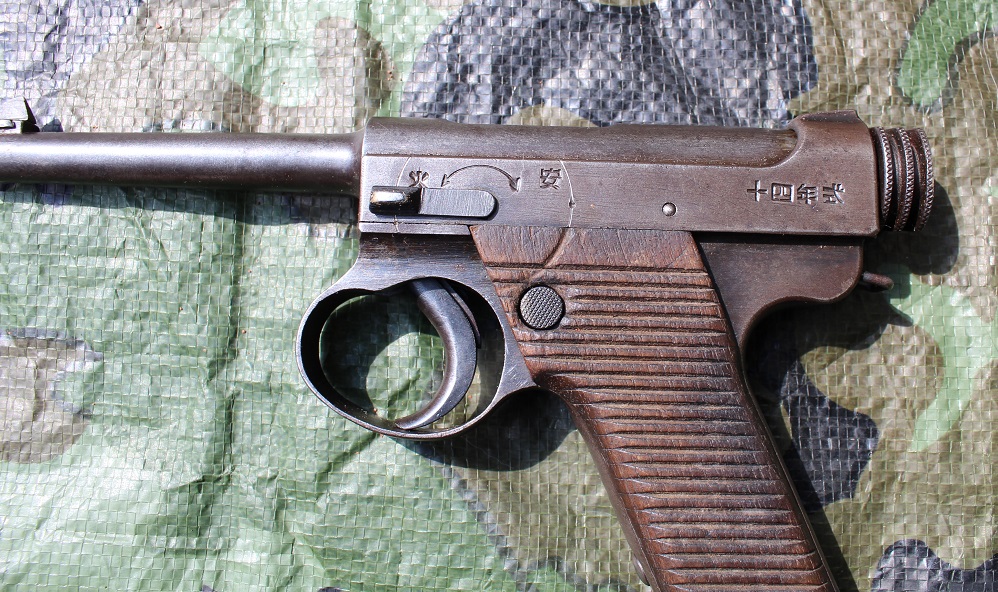
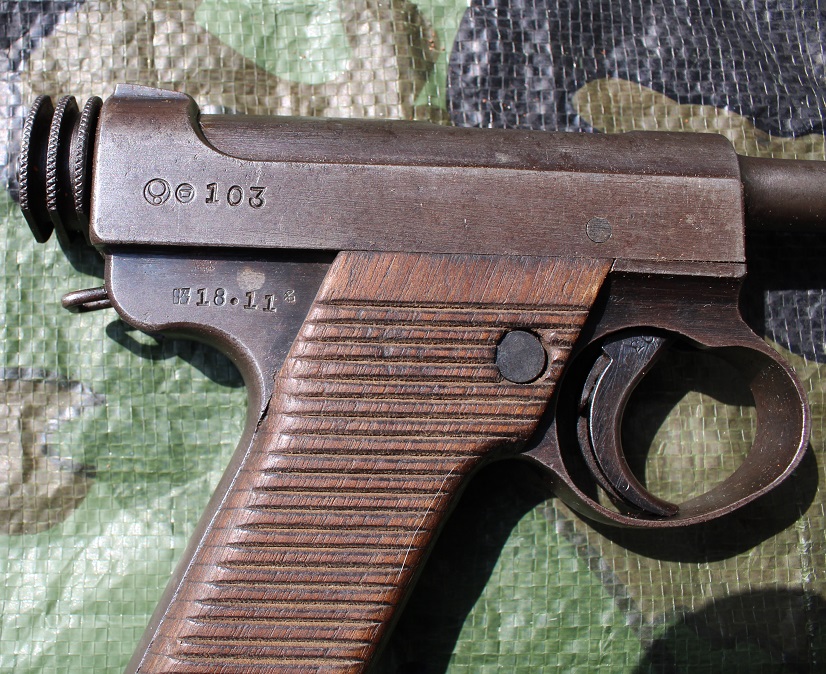
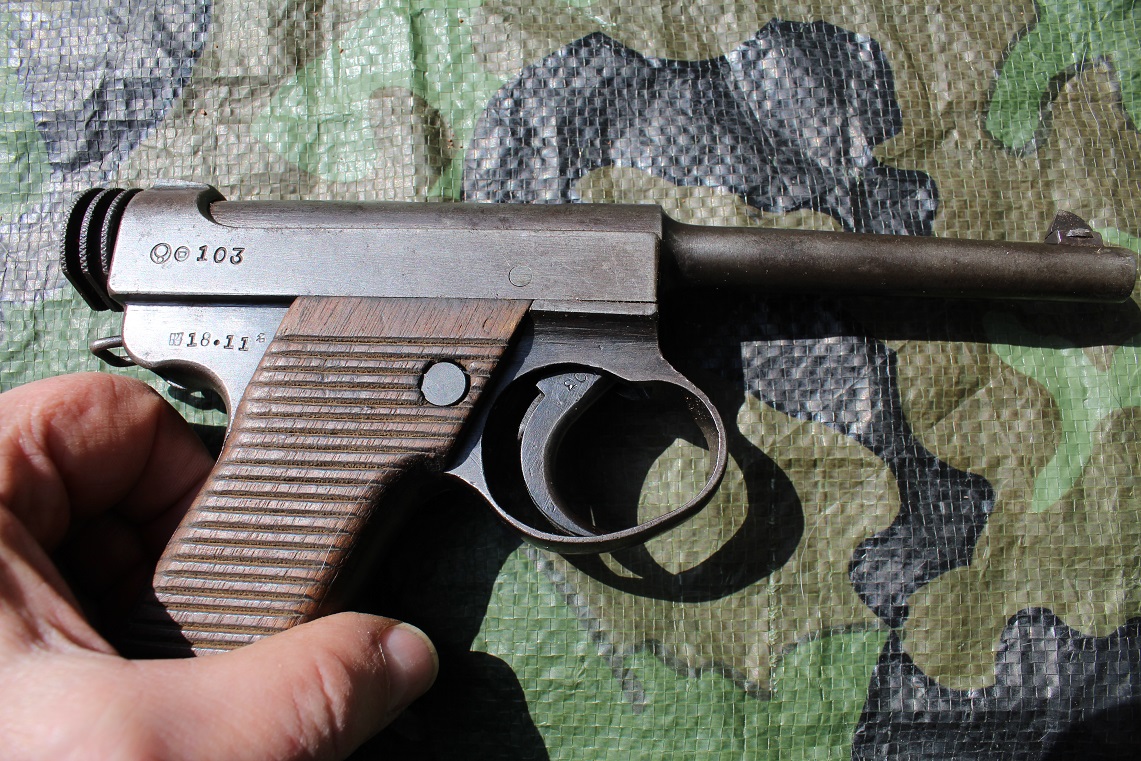

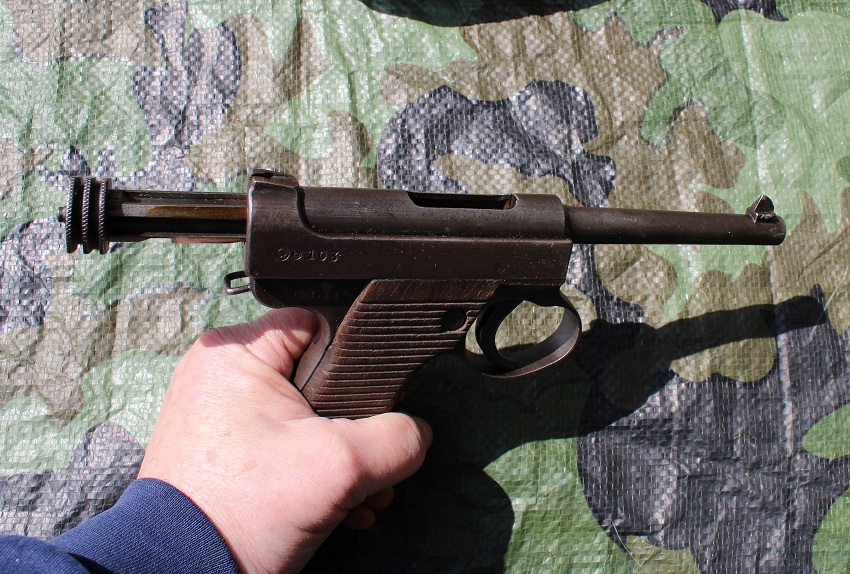
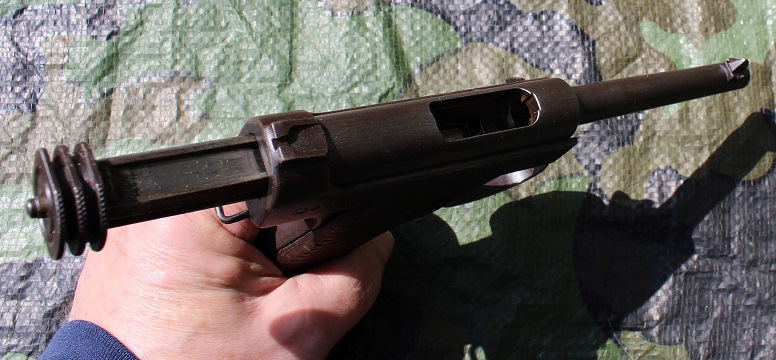
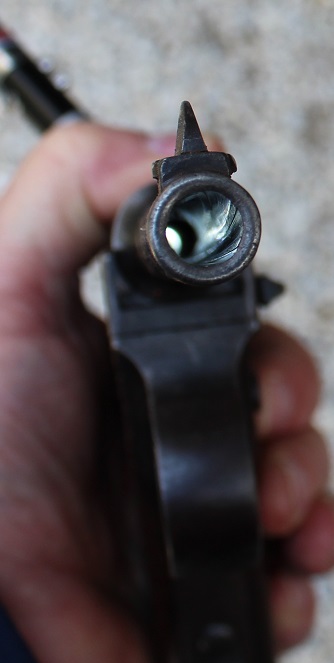
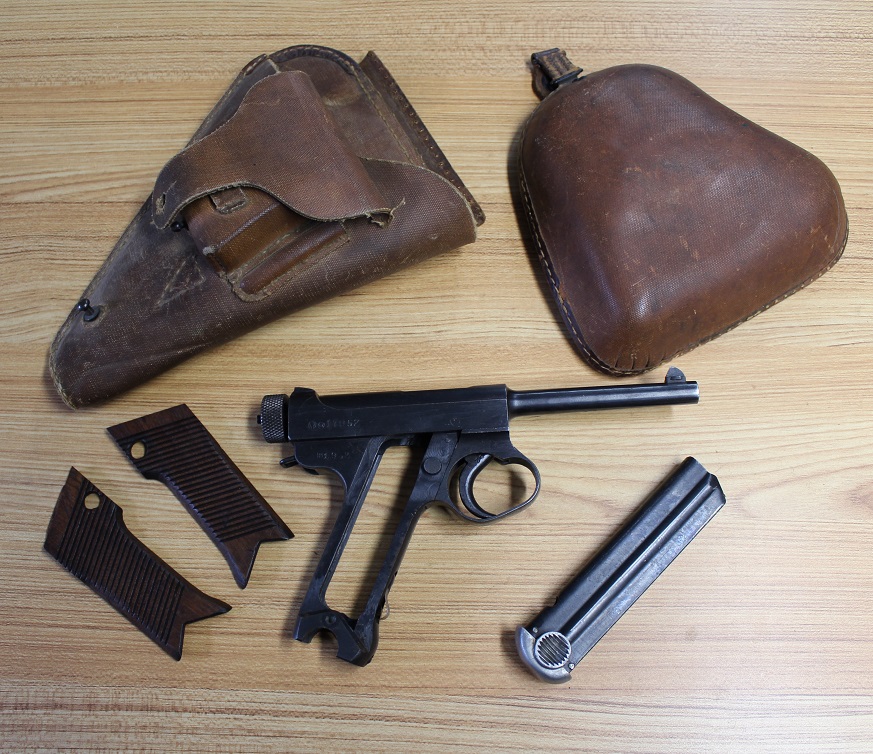
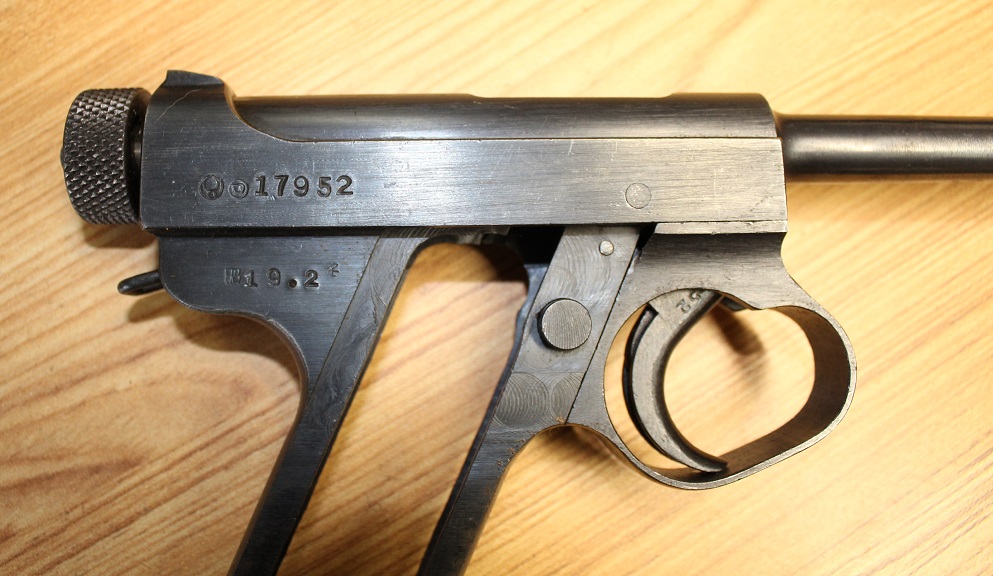
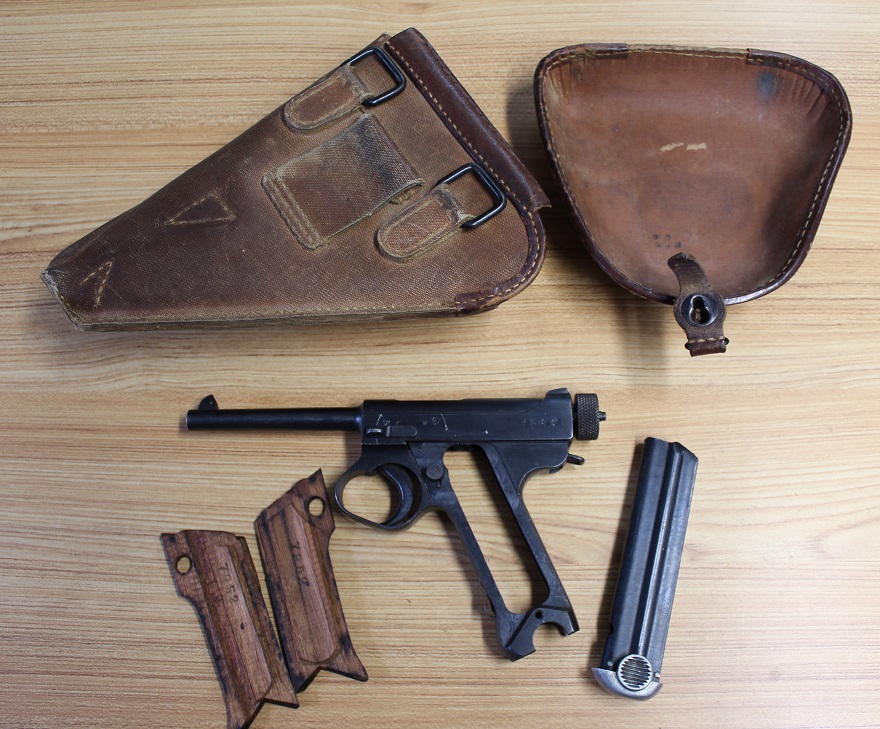
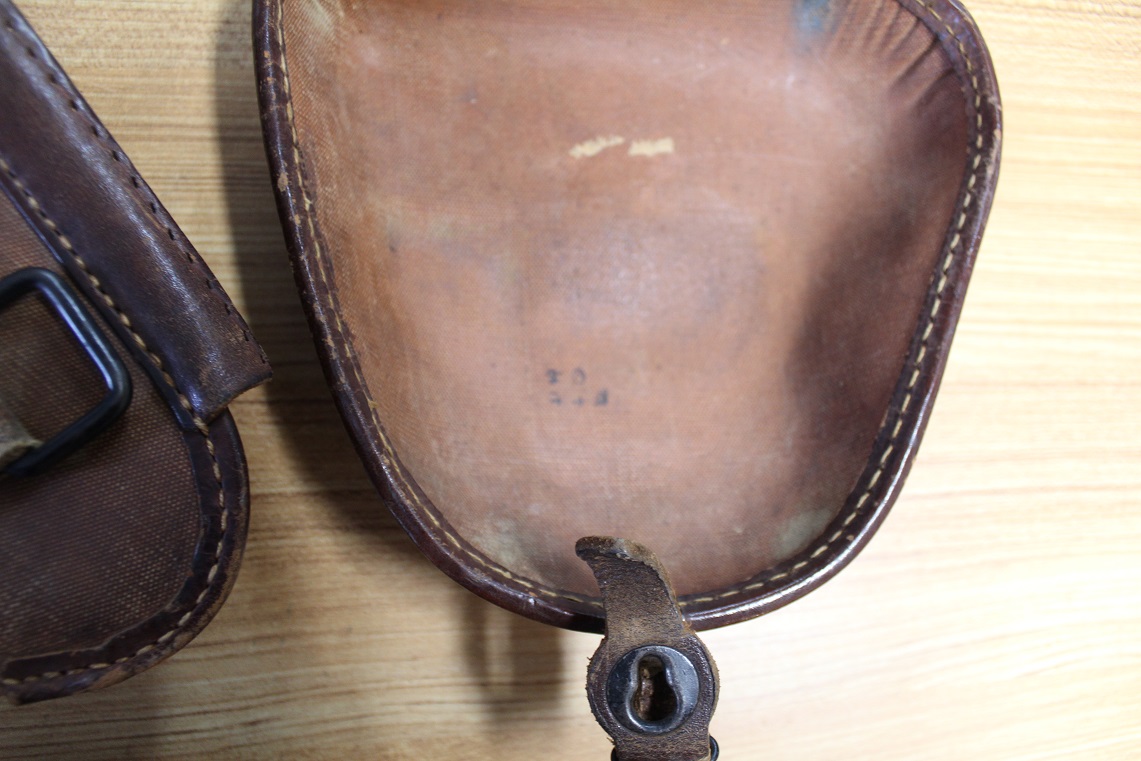
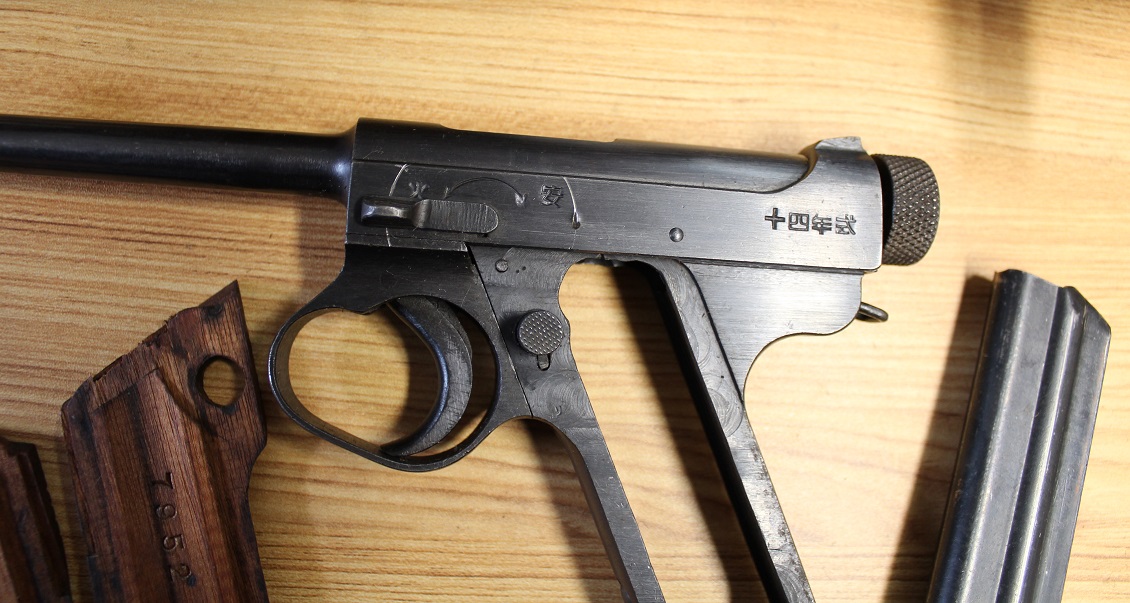




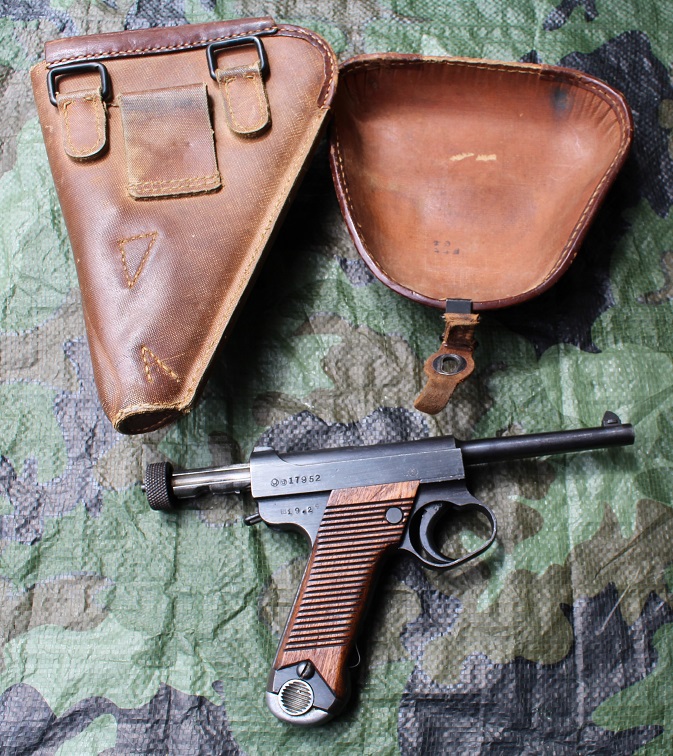
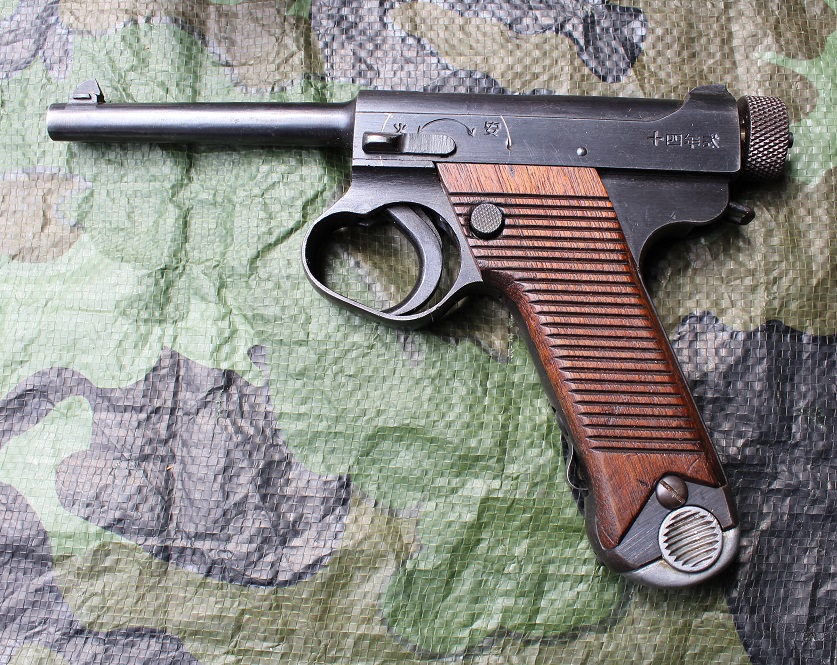
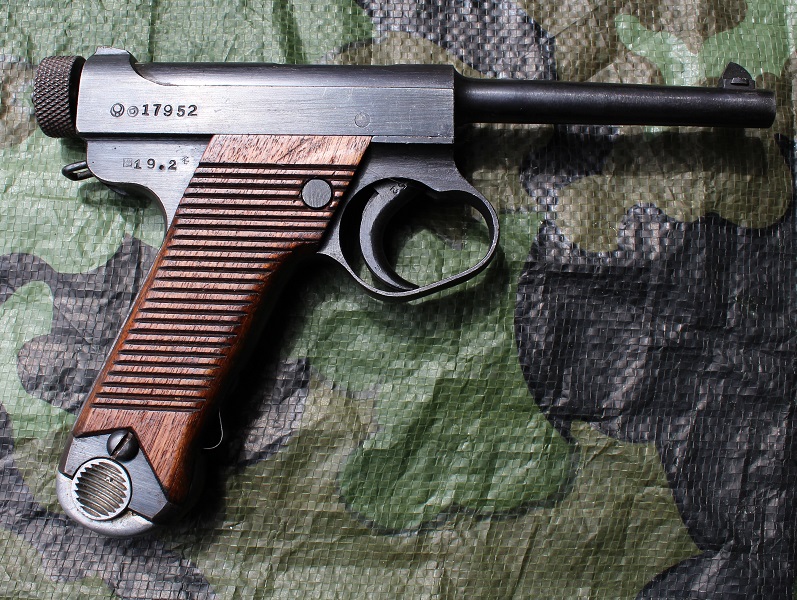
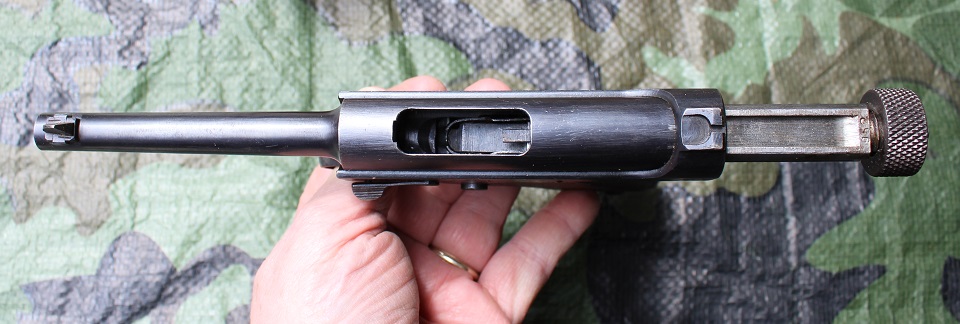




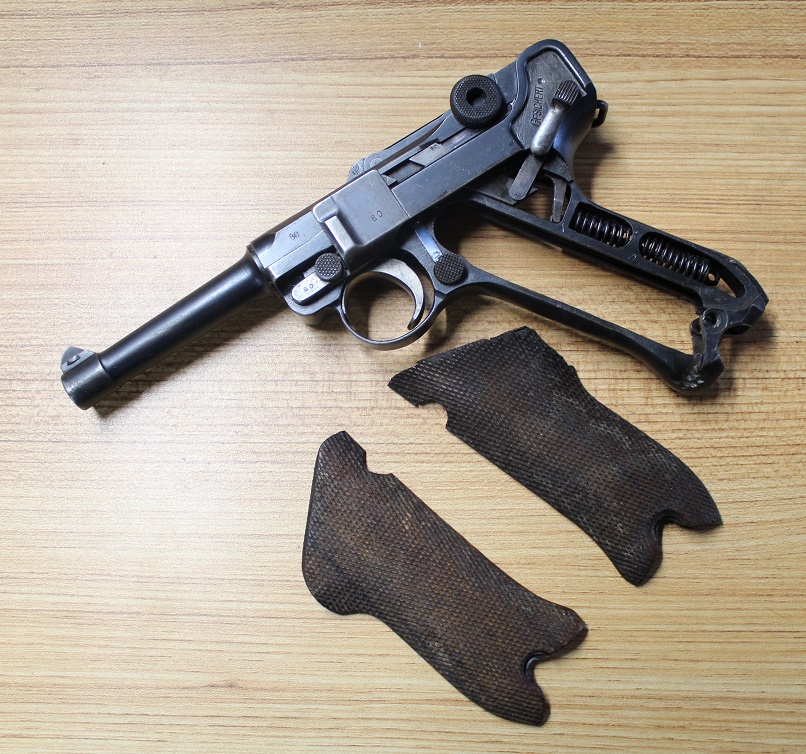
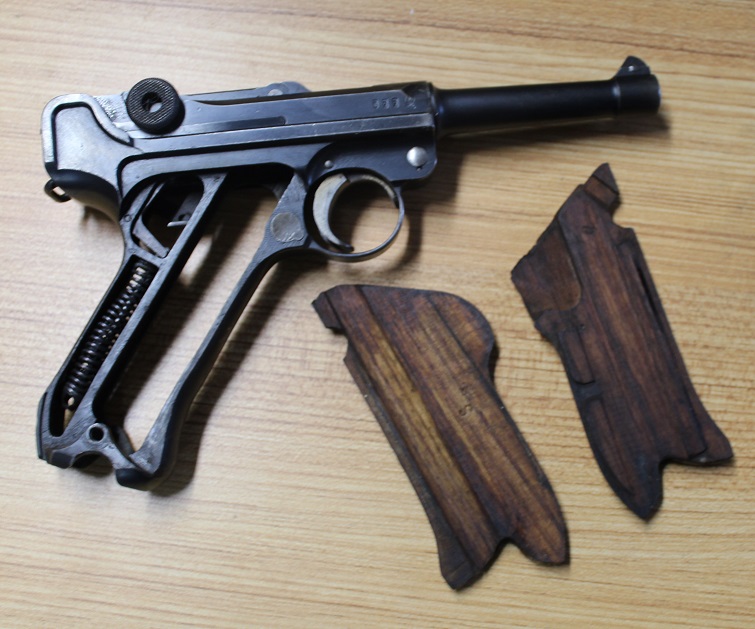
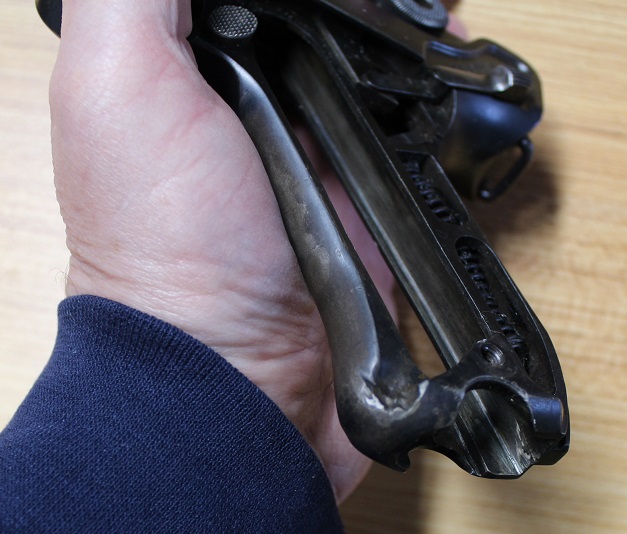

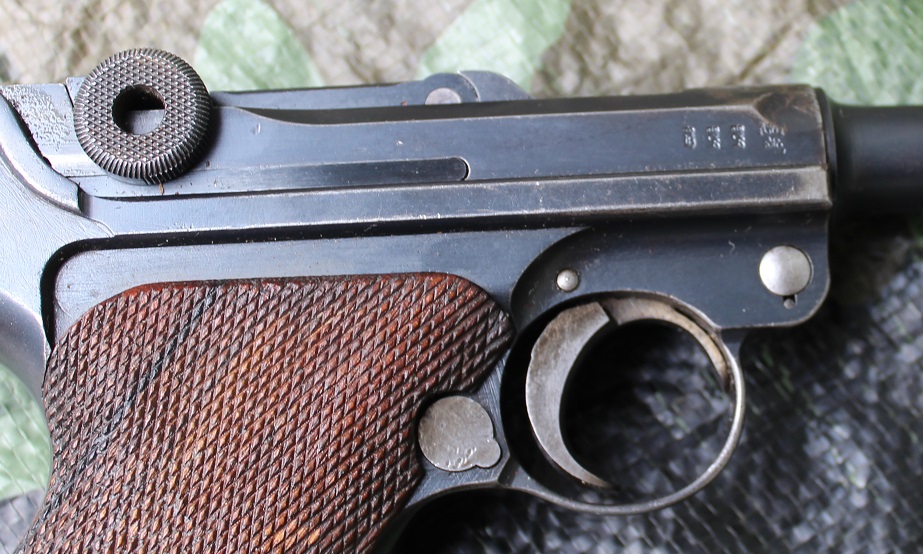
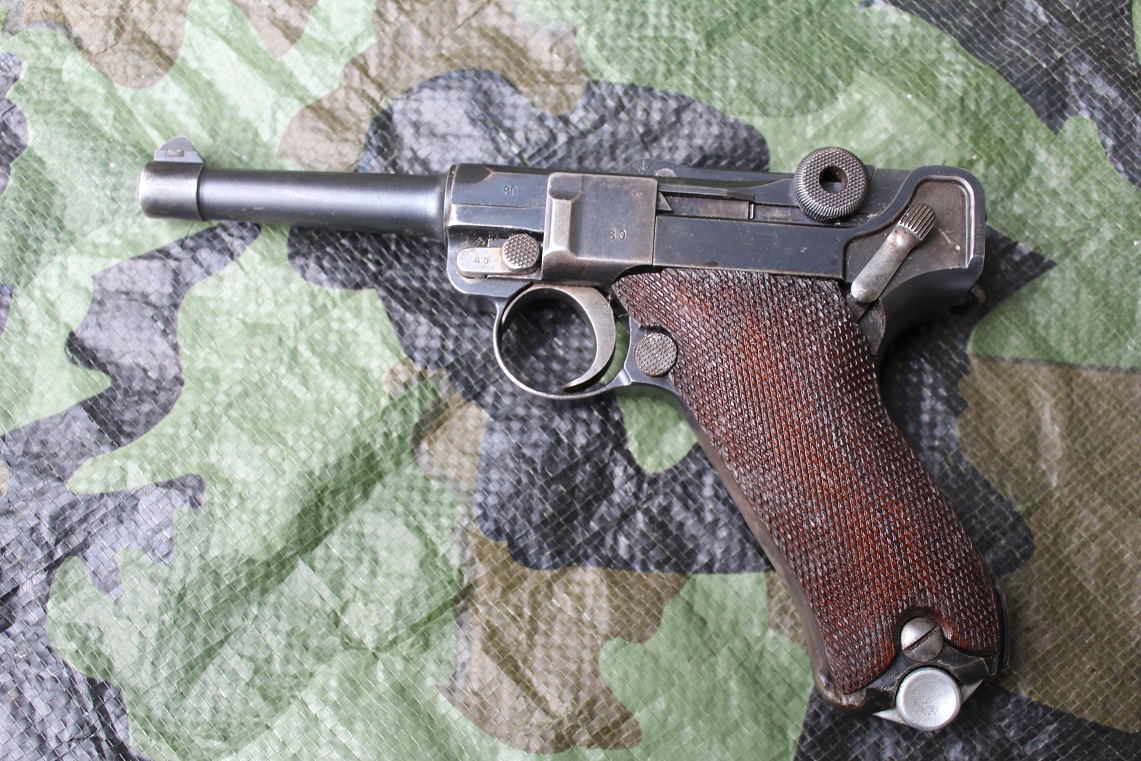
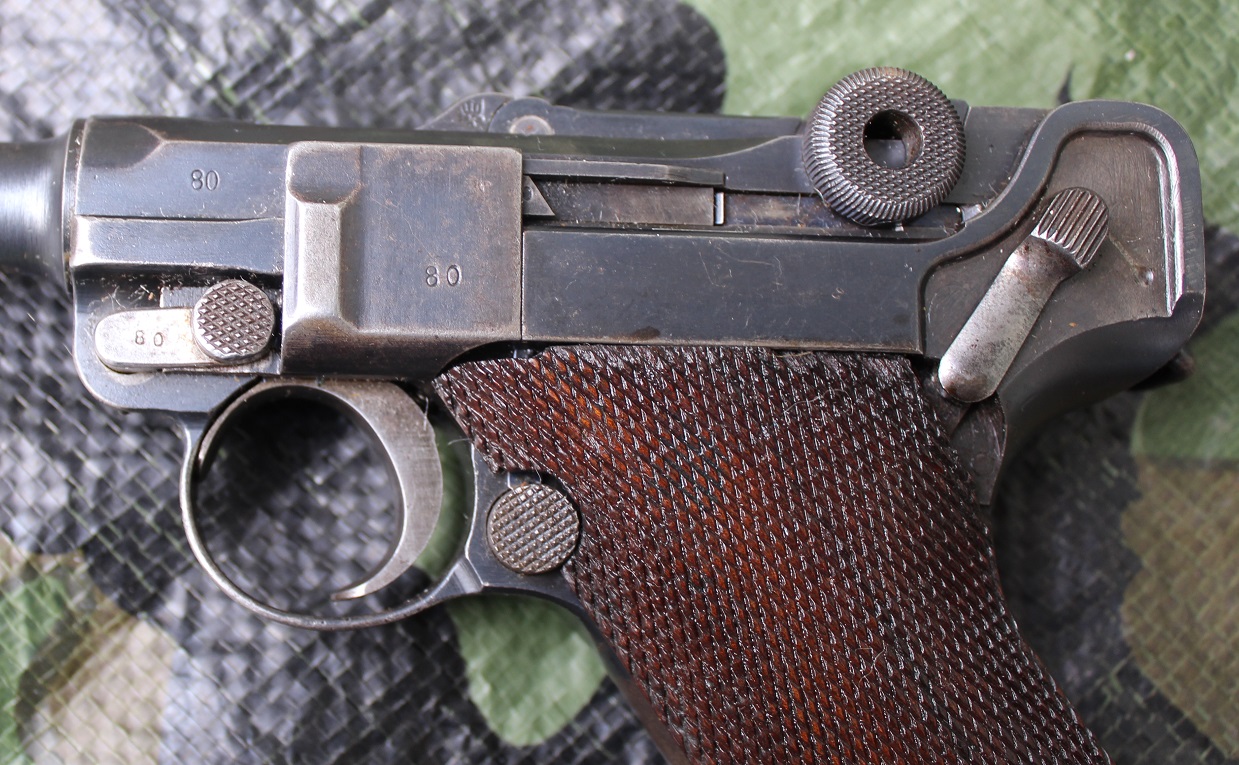

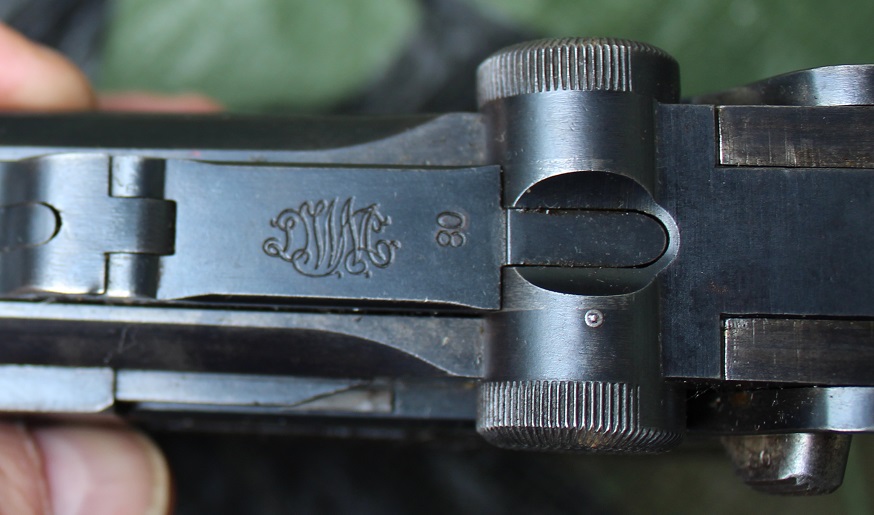
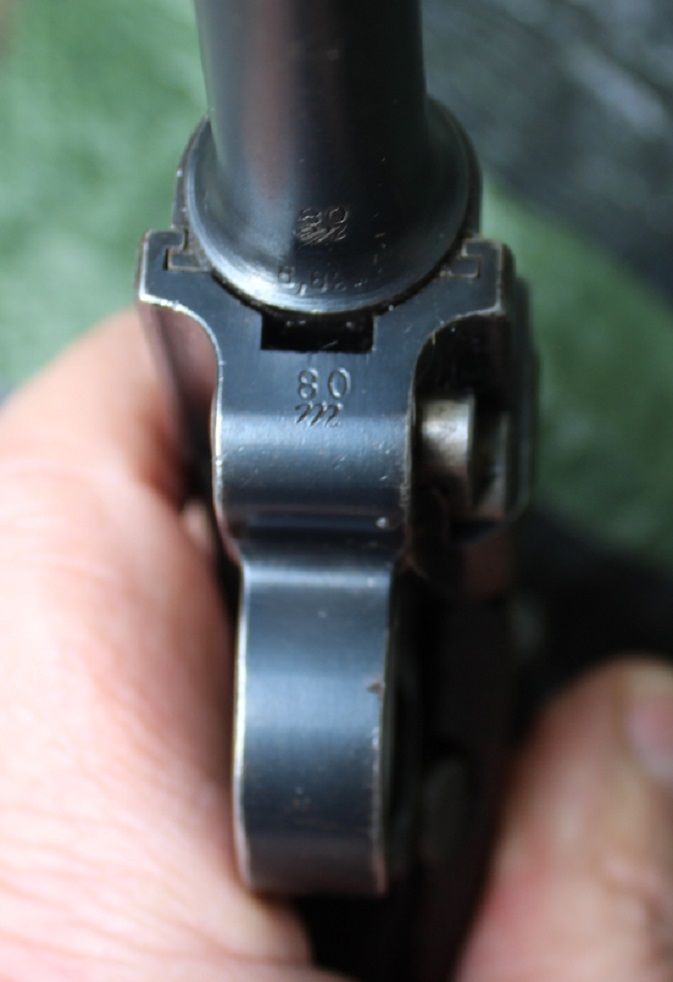
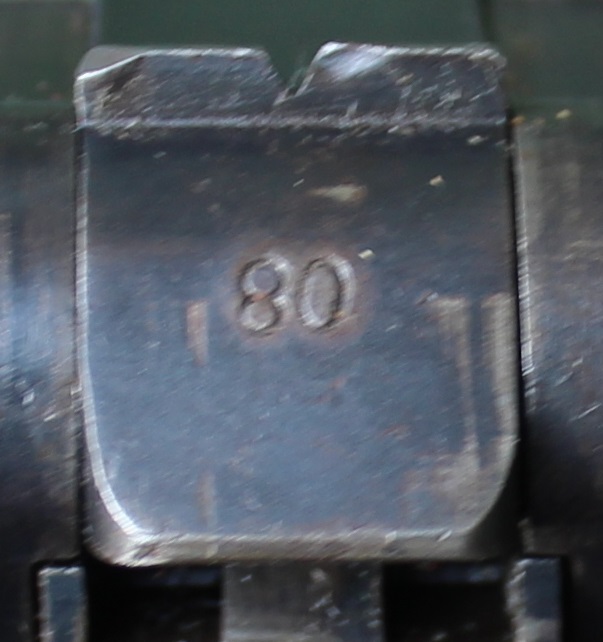
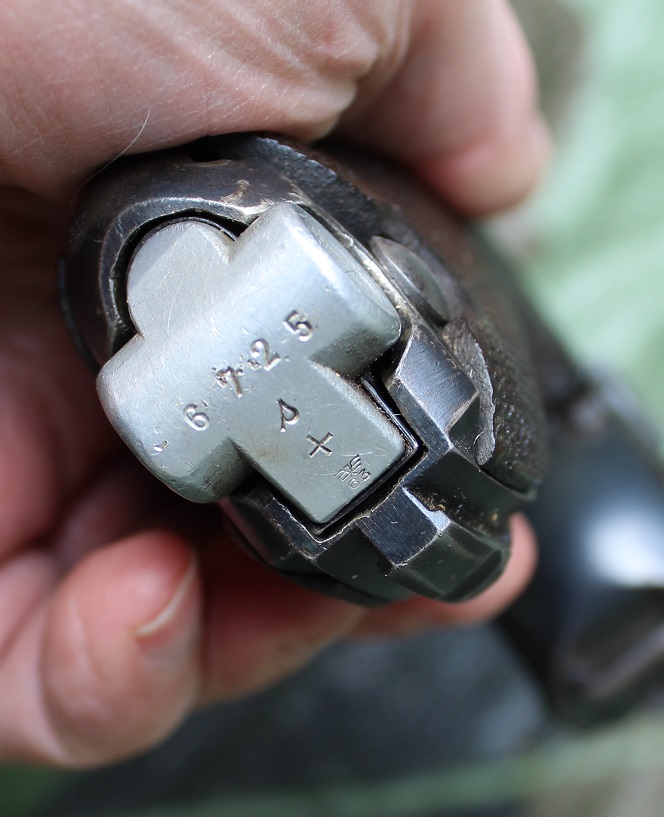
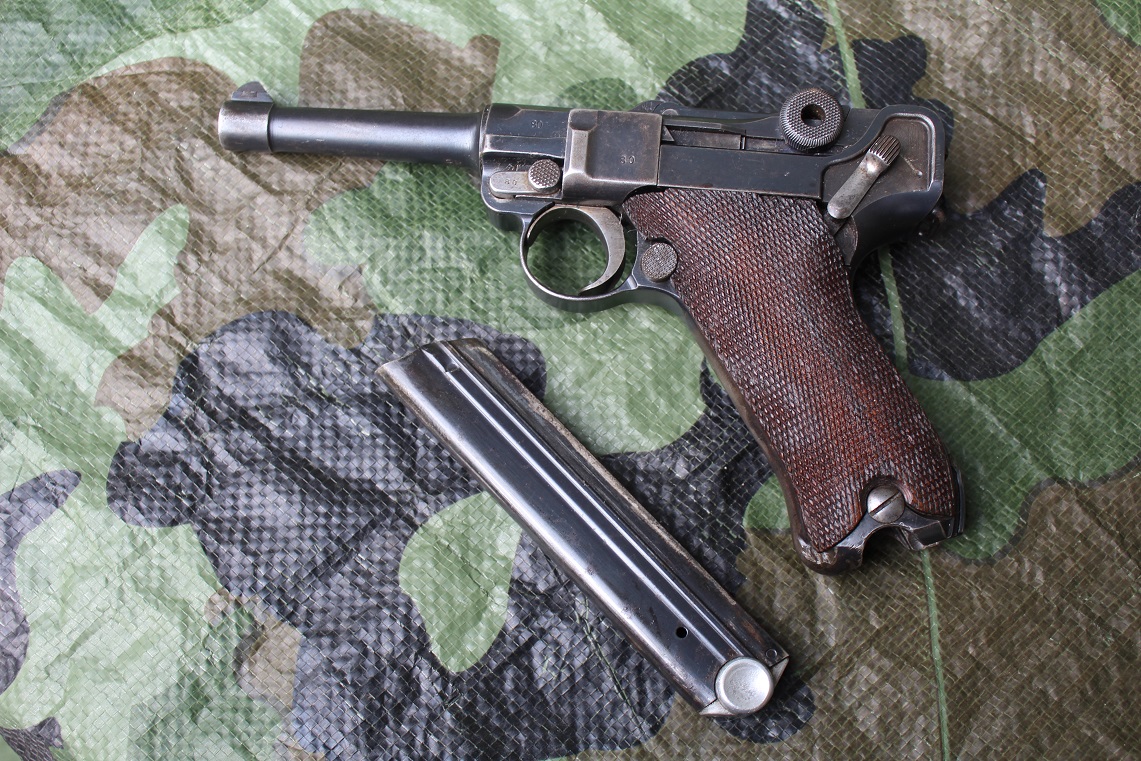

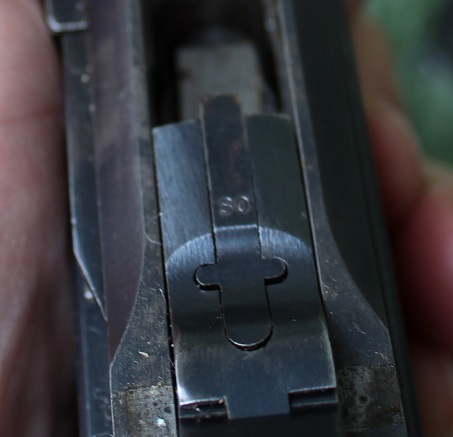

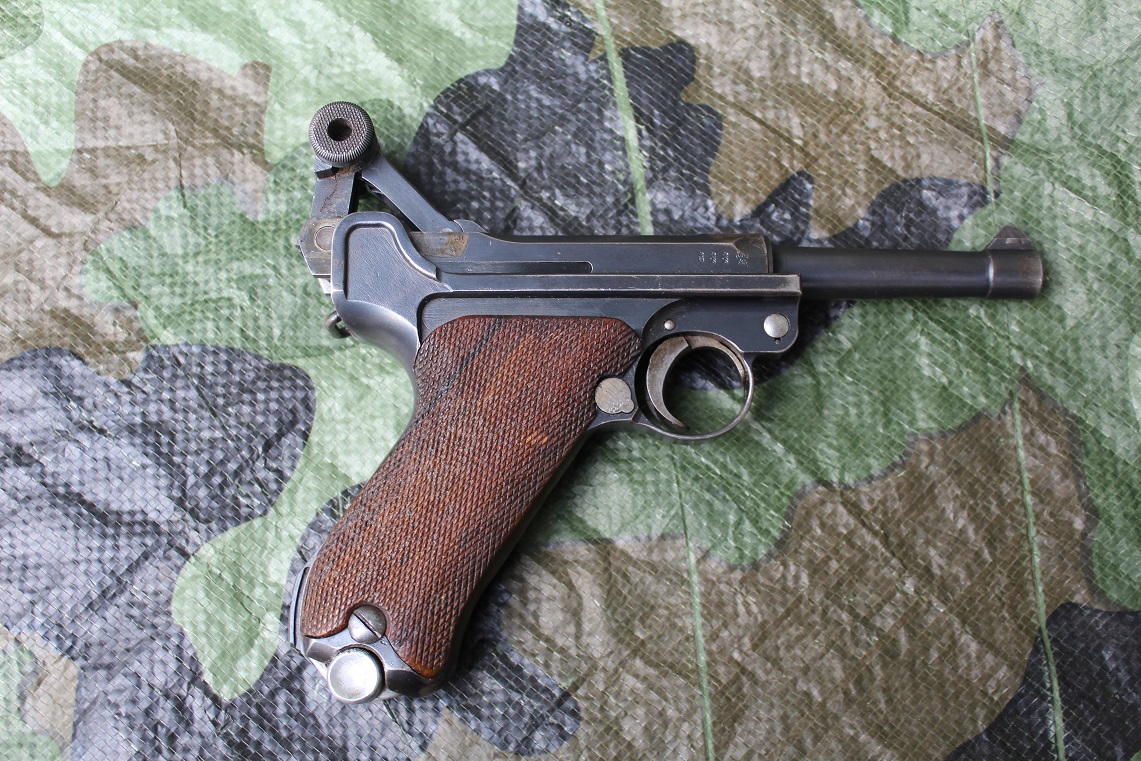
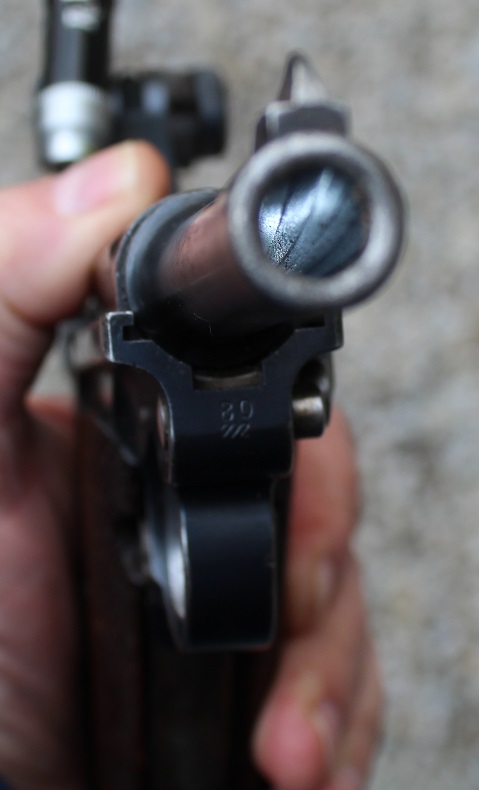
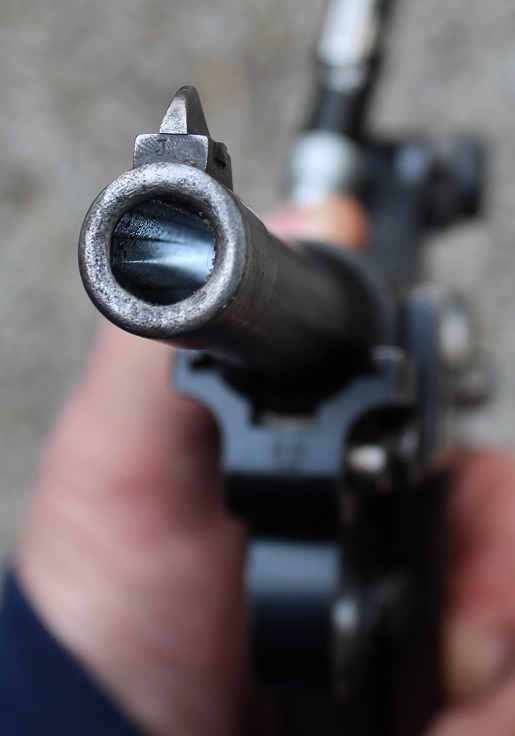
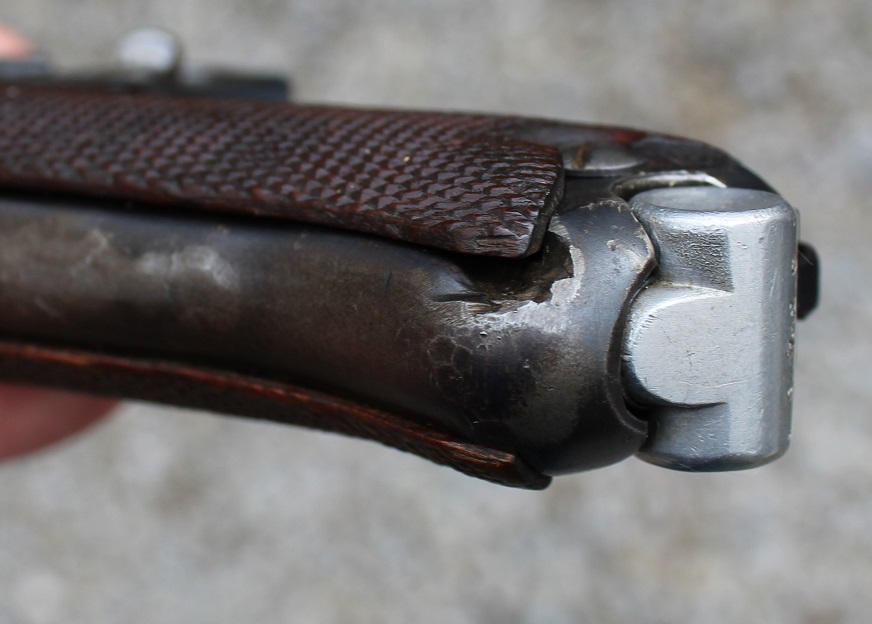


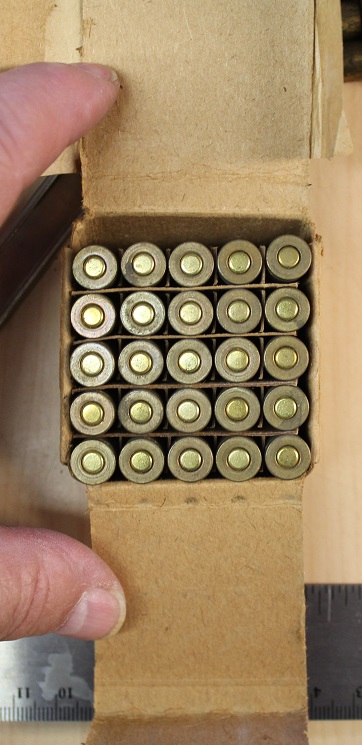
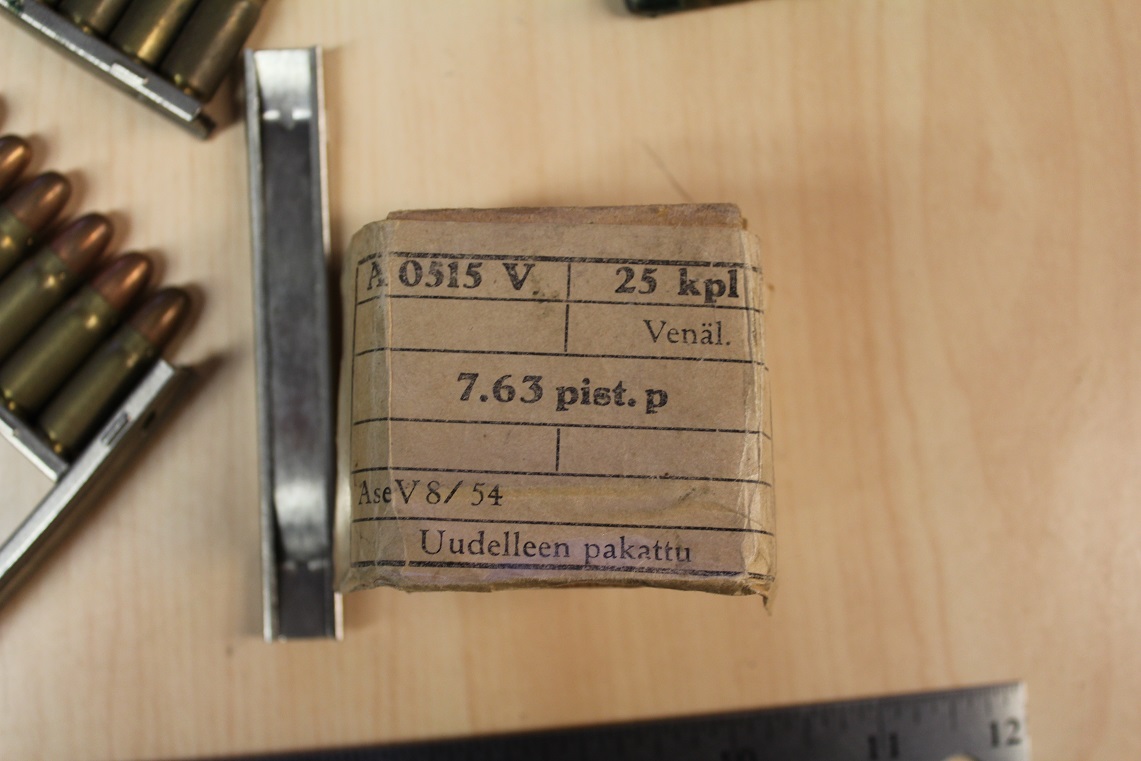

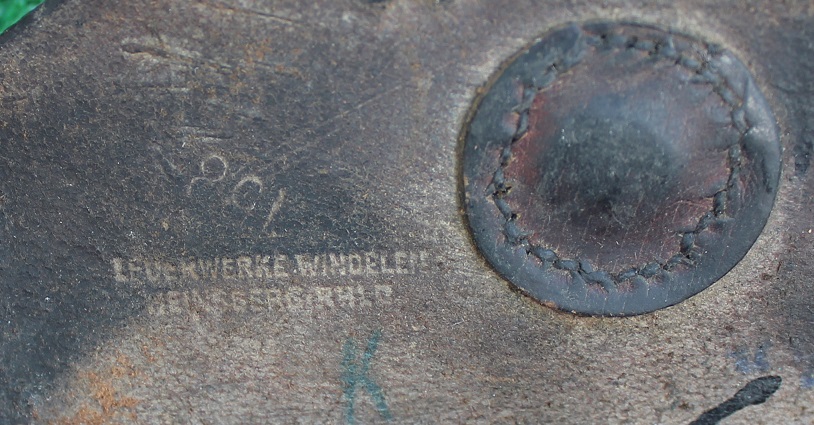
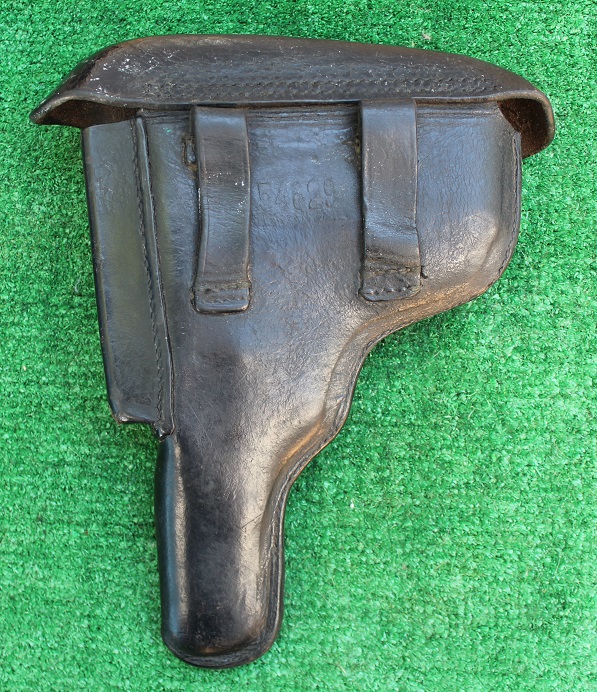
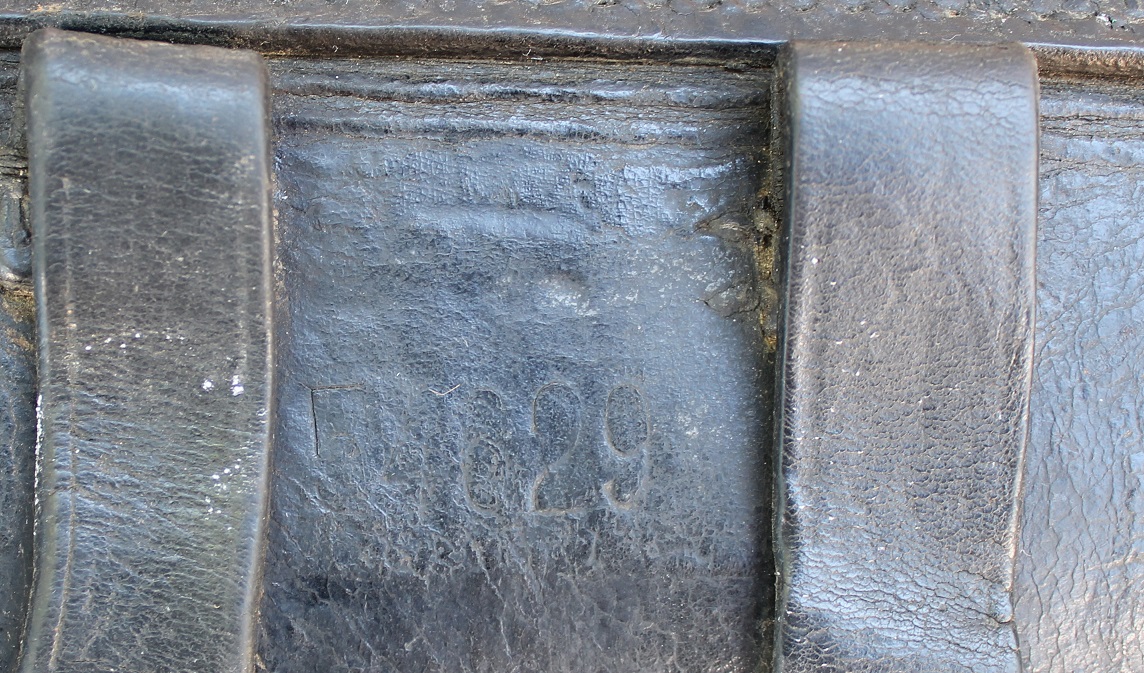






Anything you like? E-mail me here